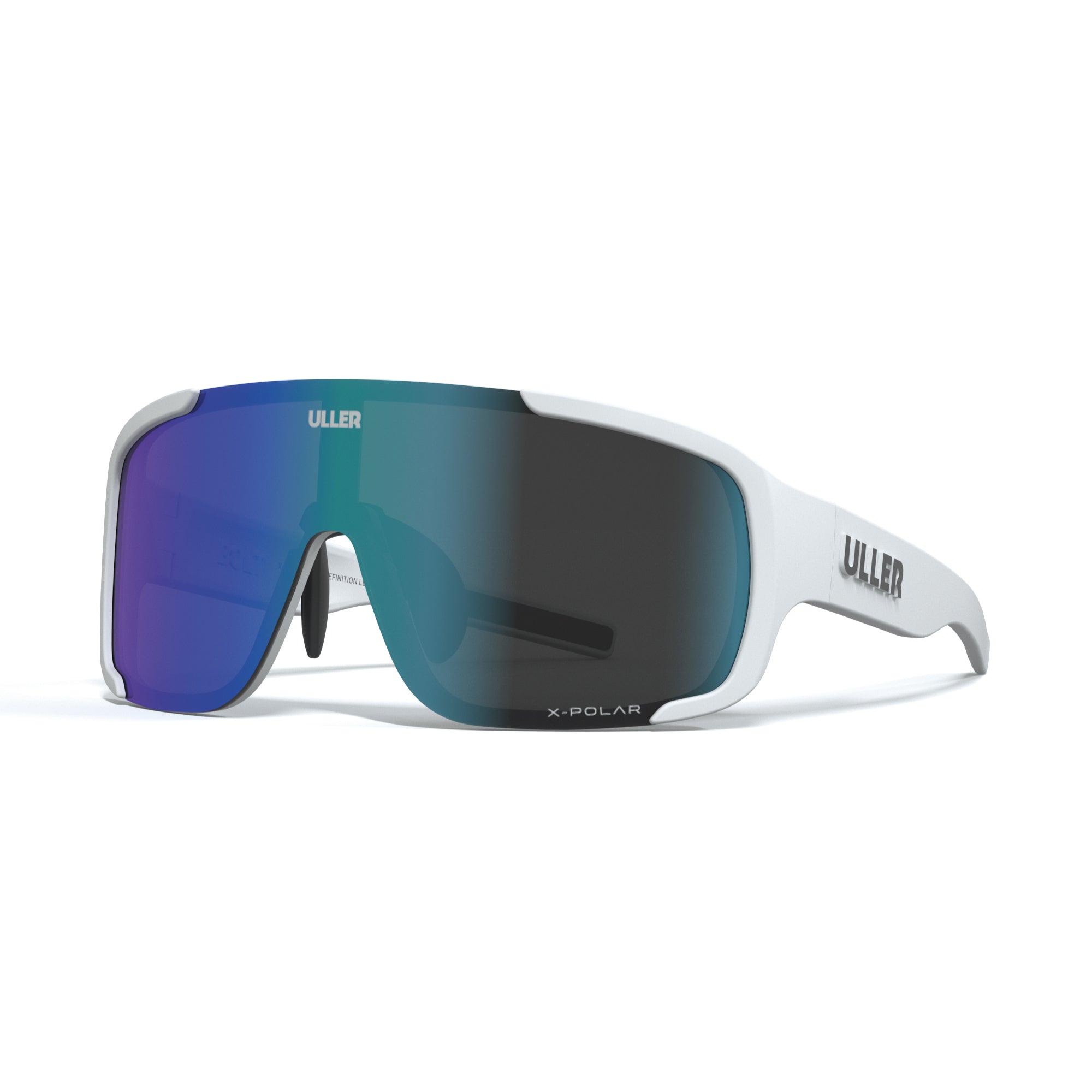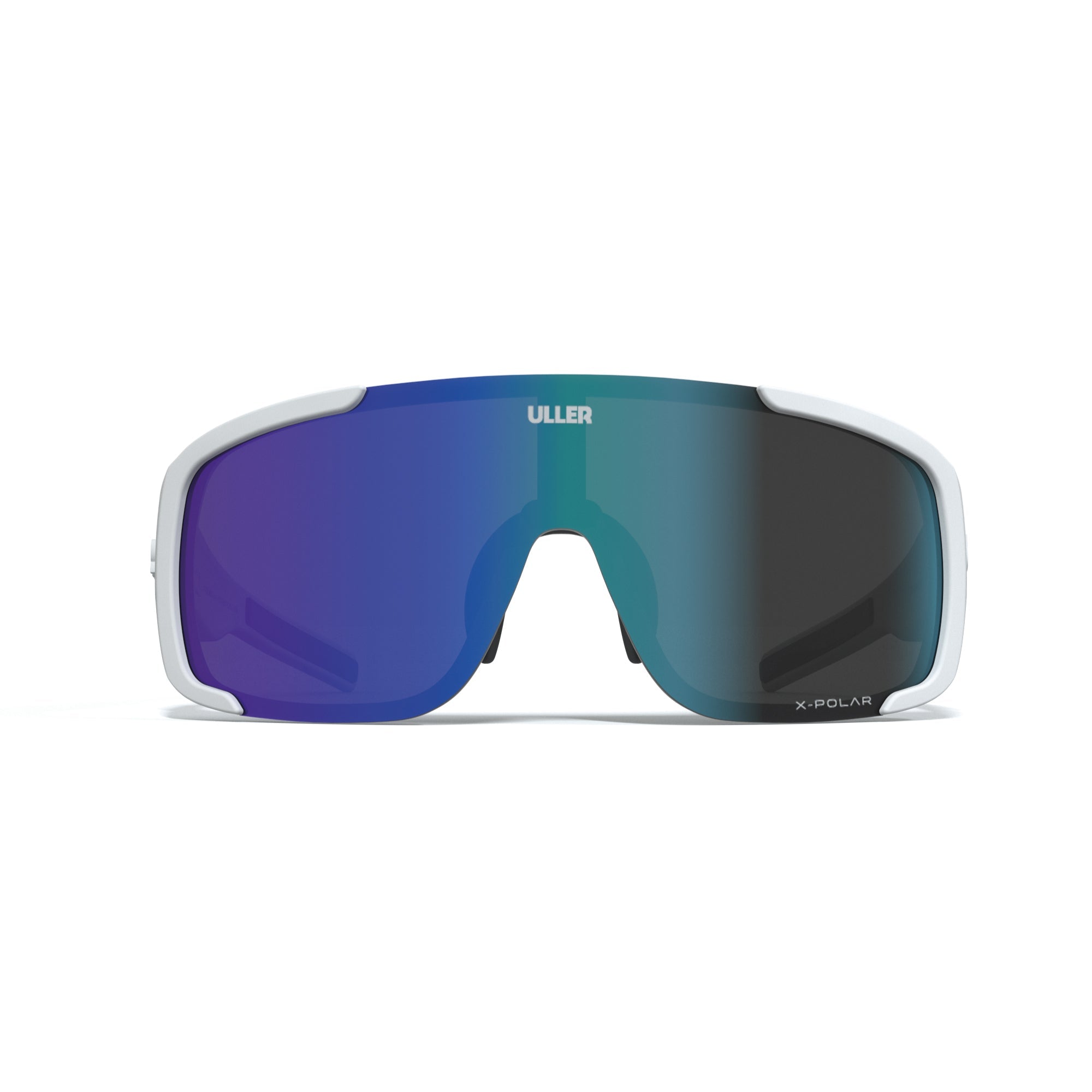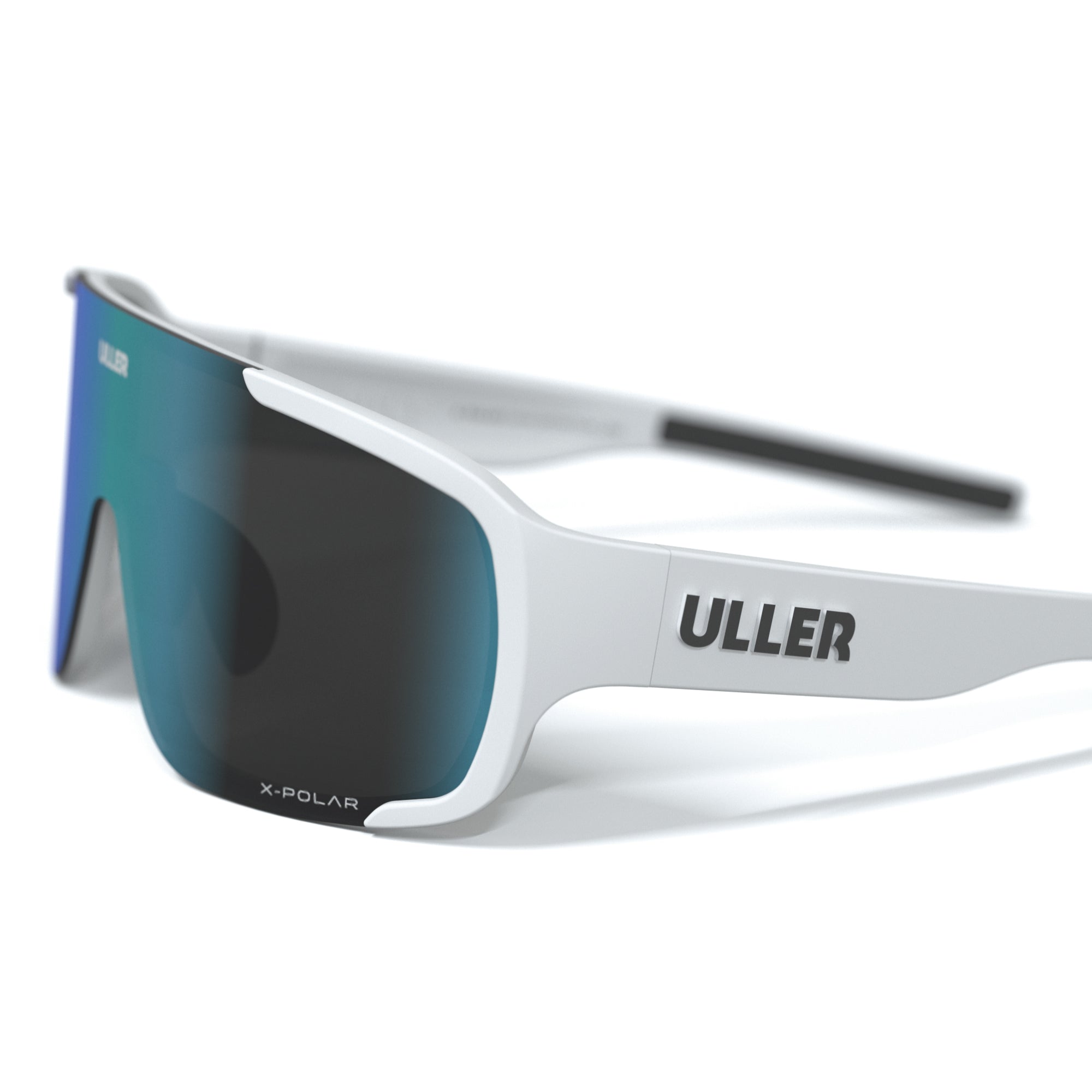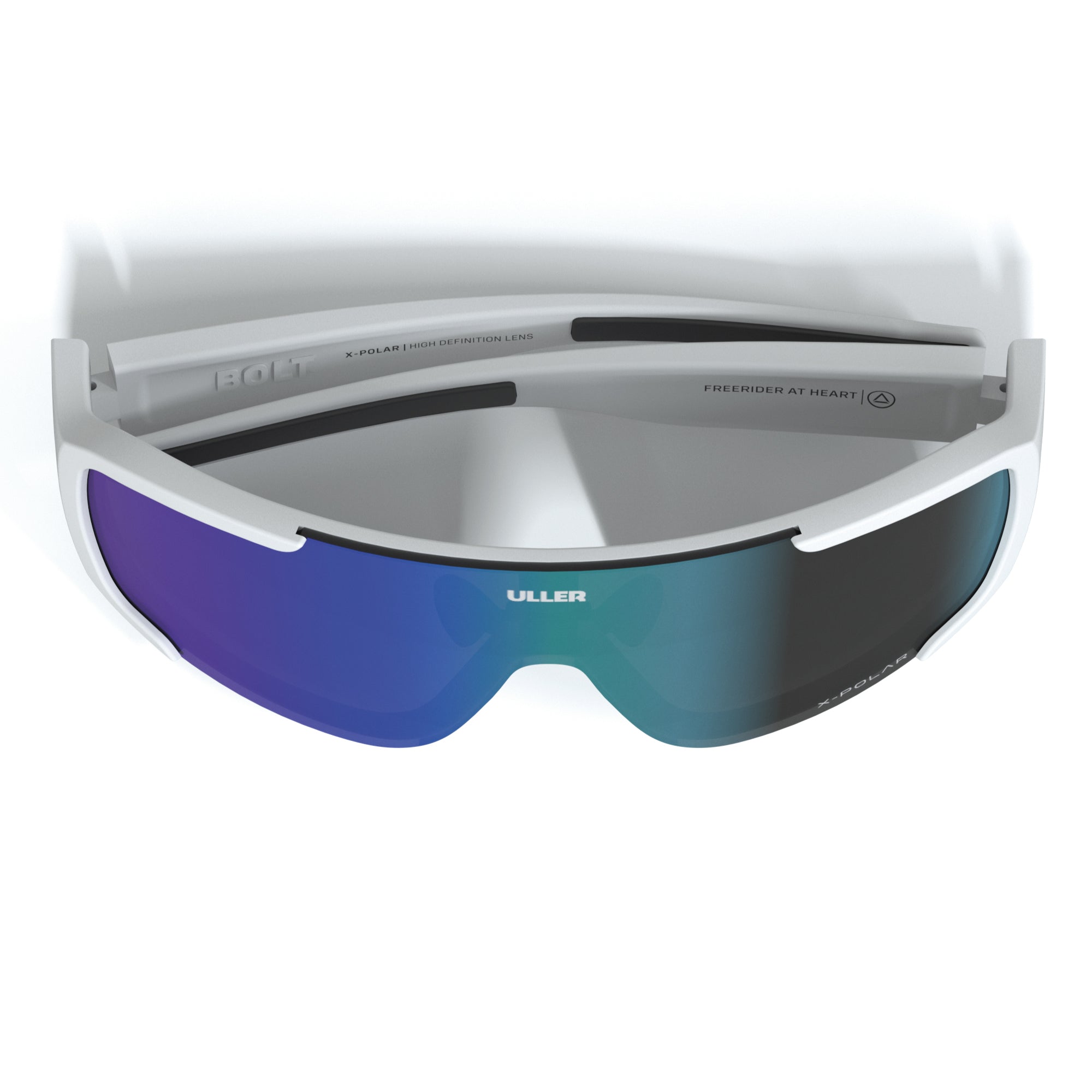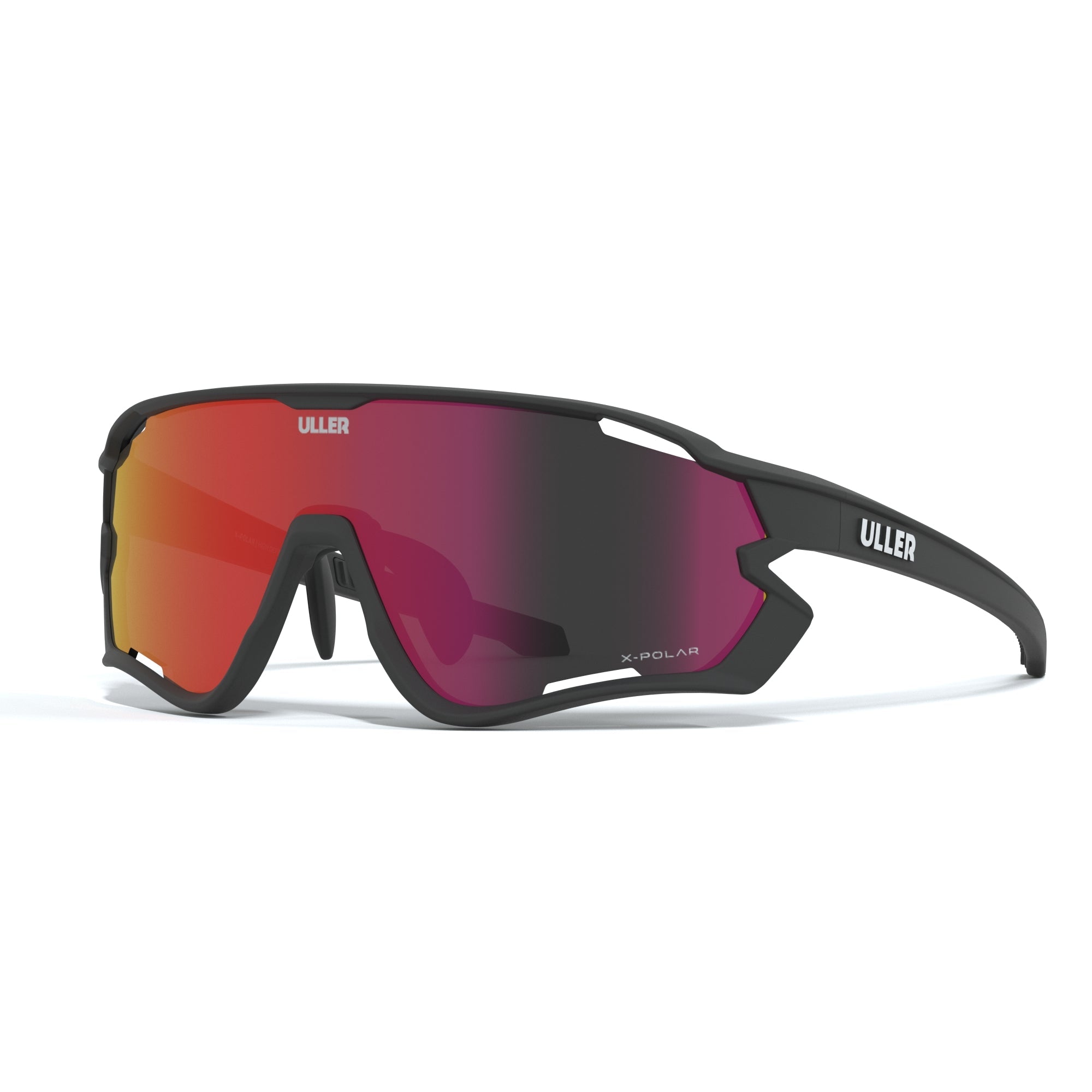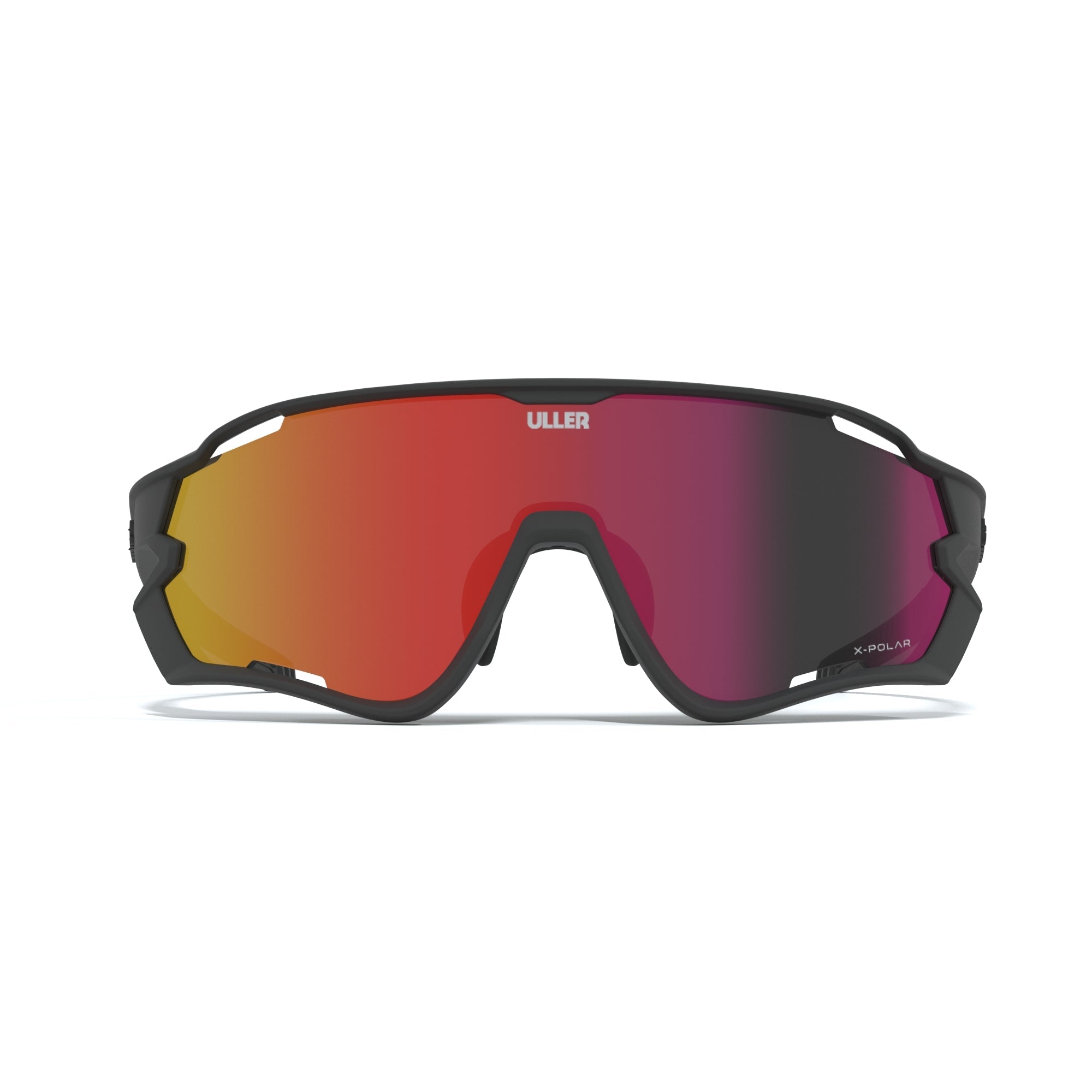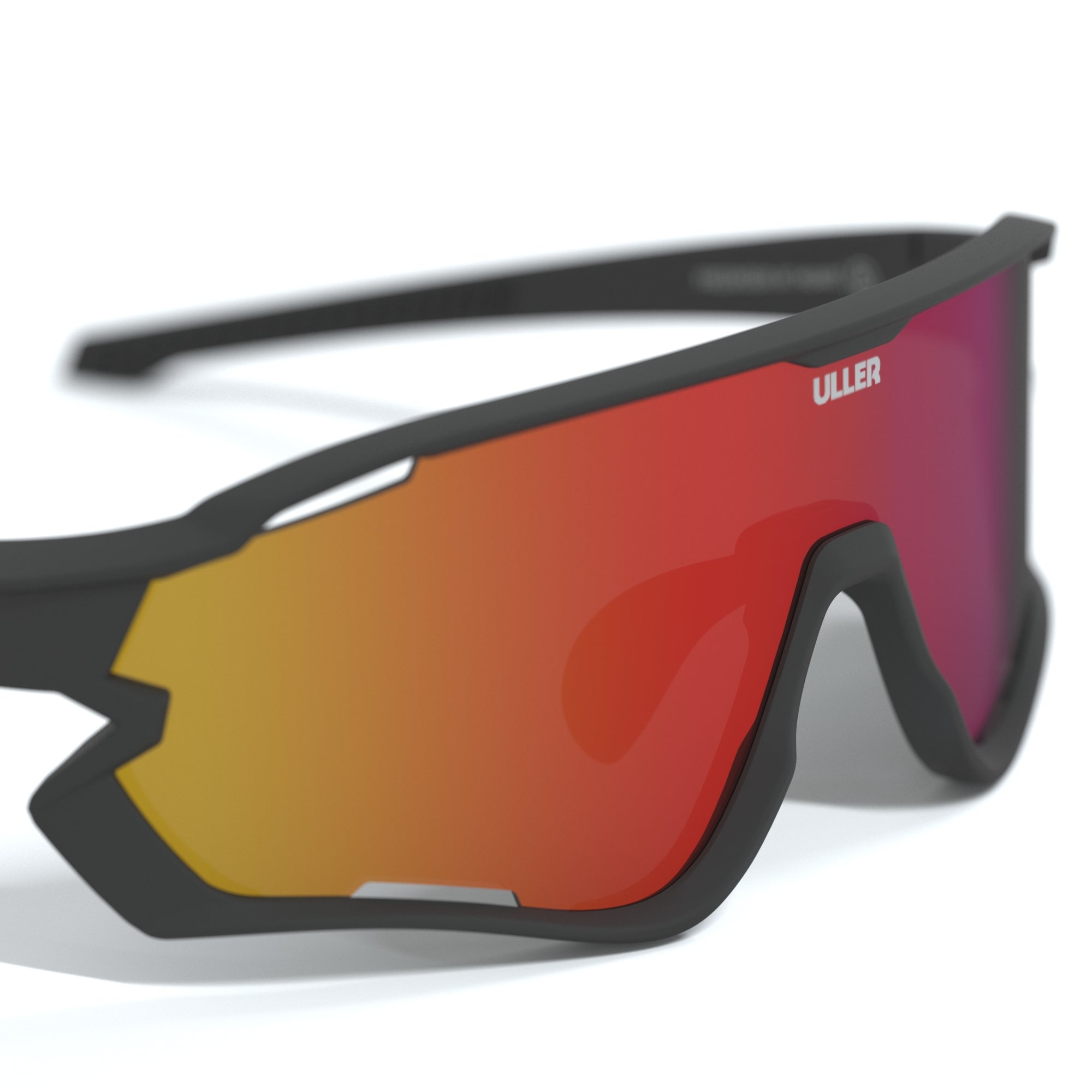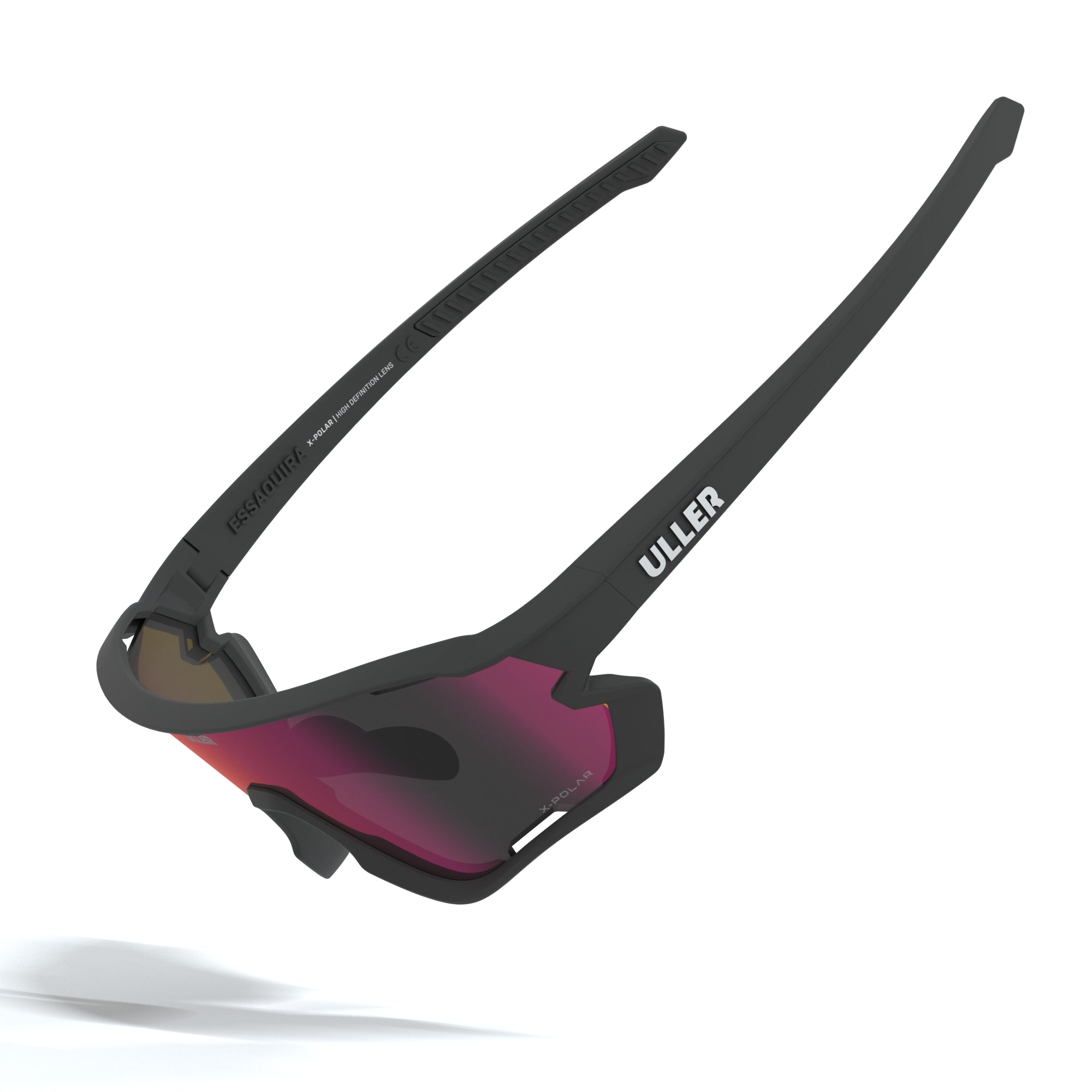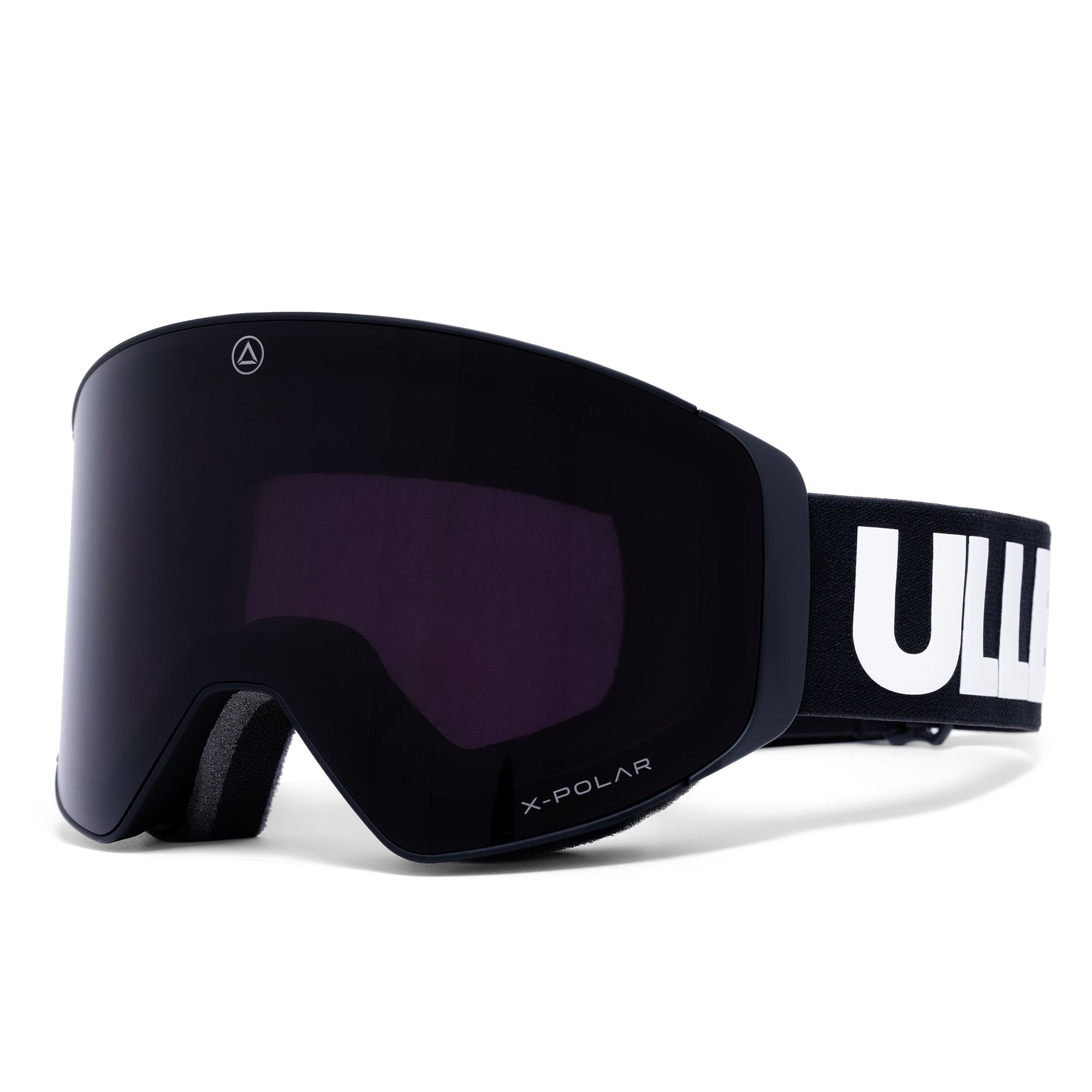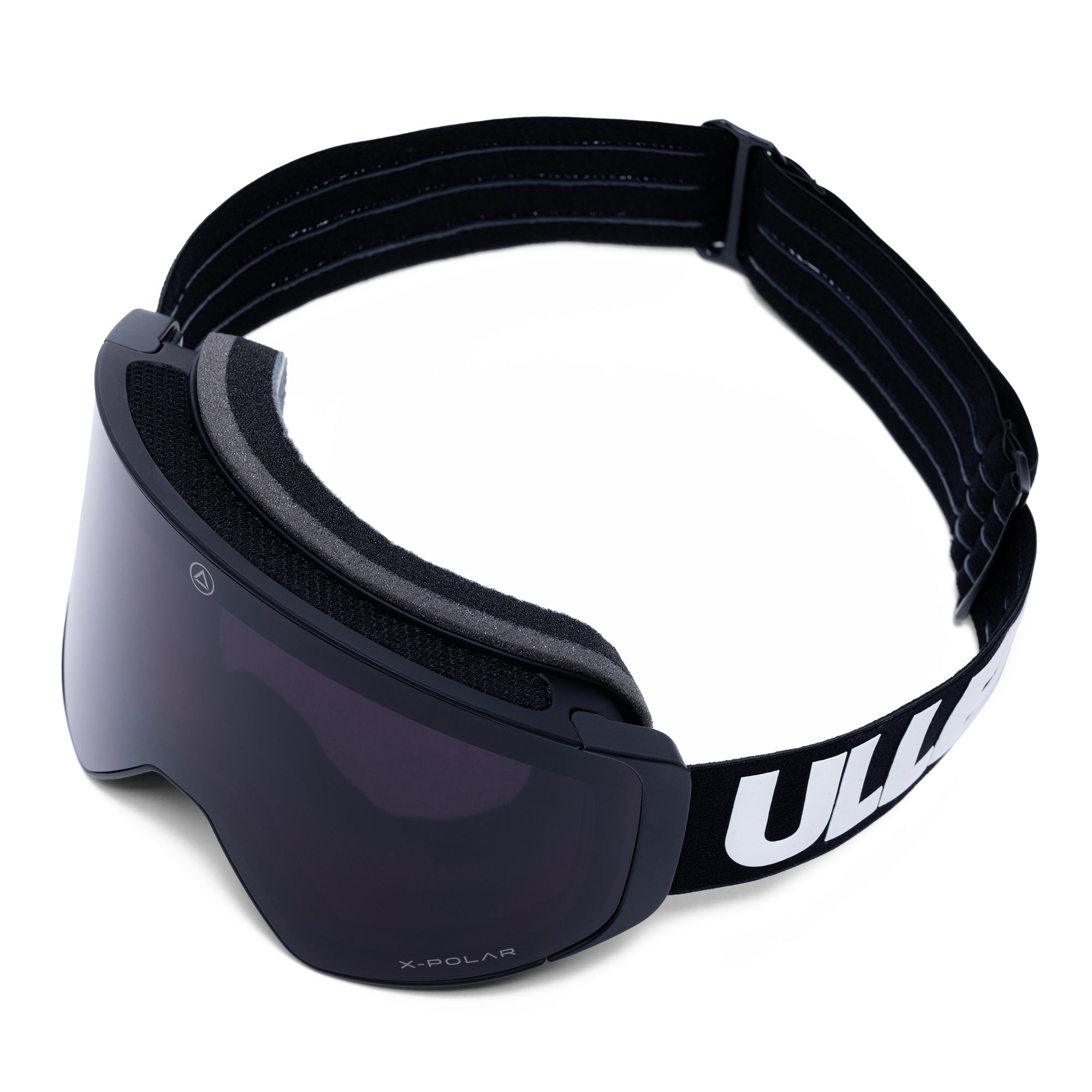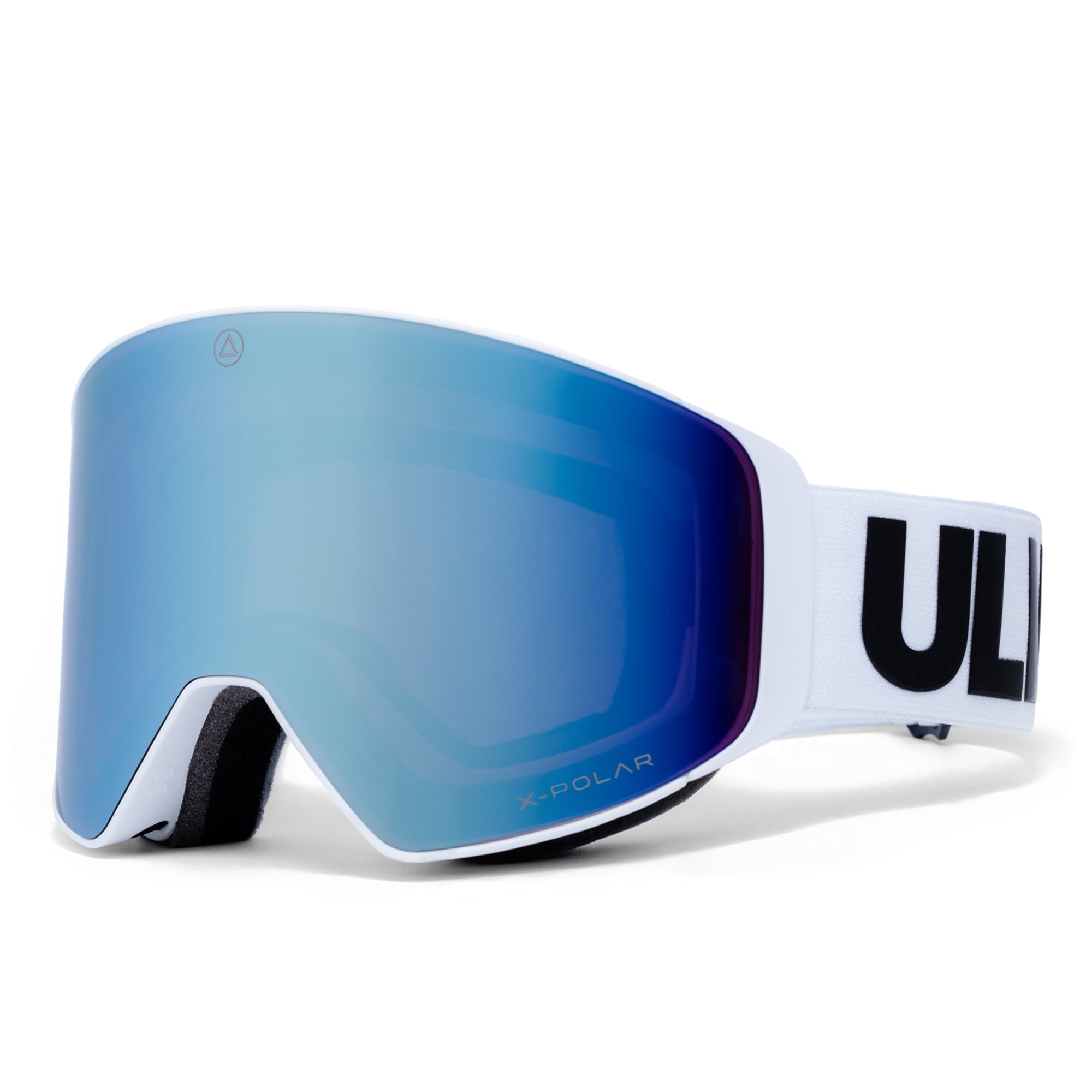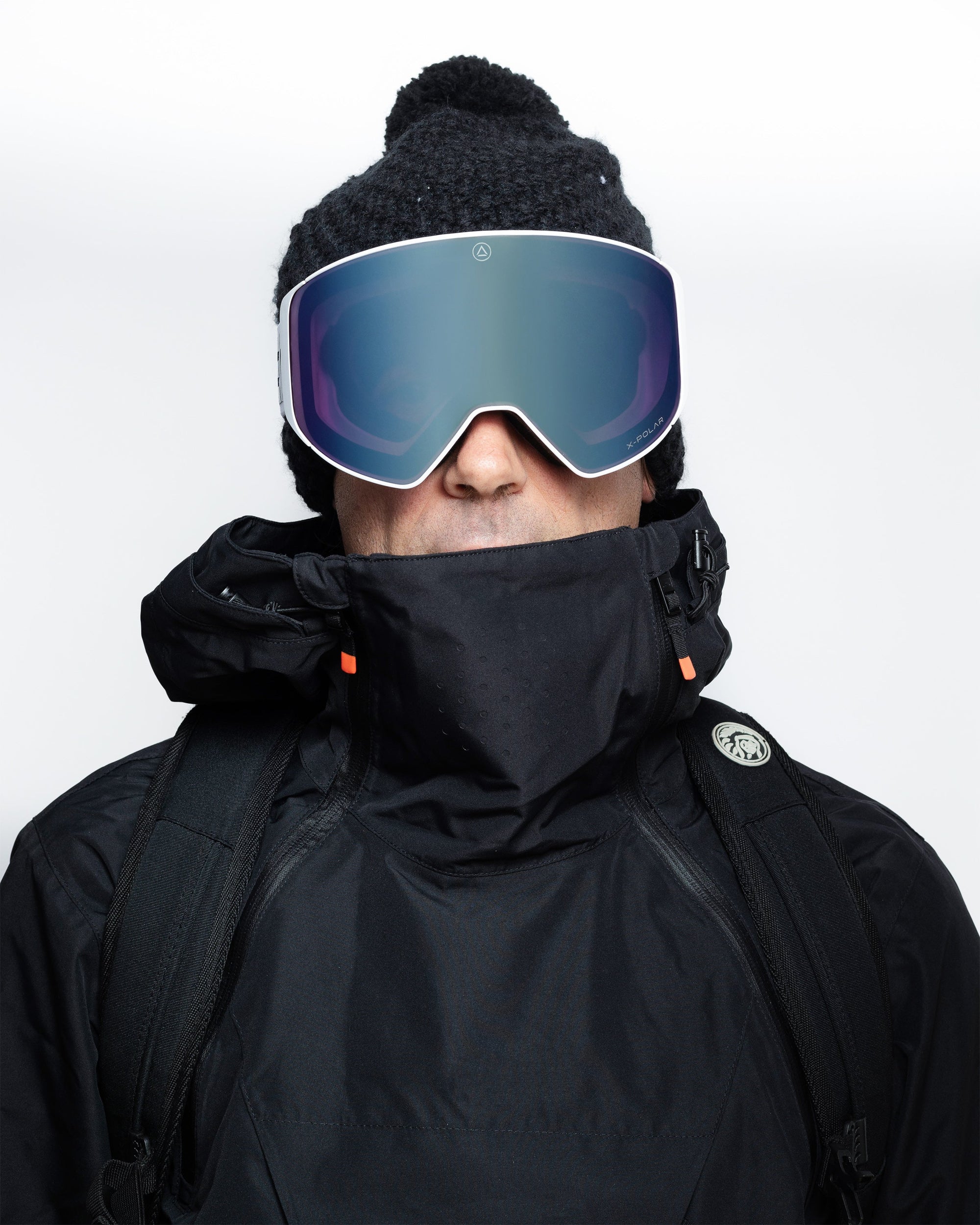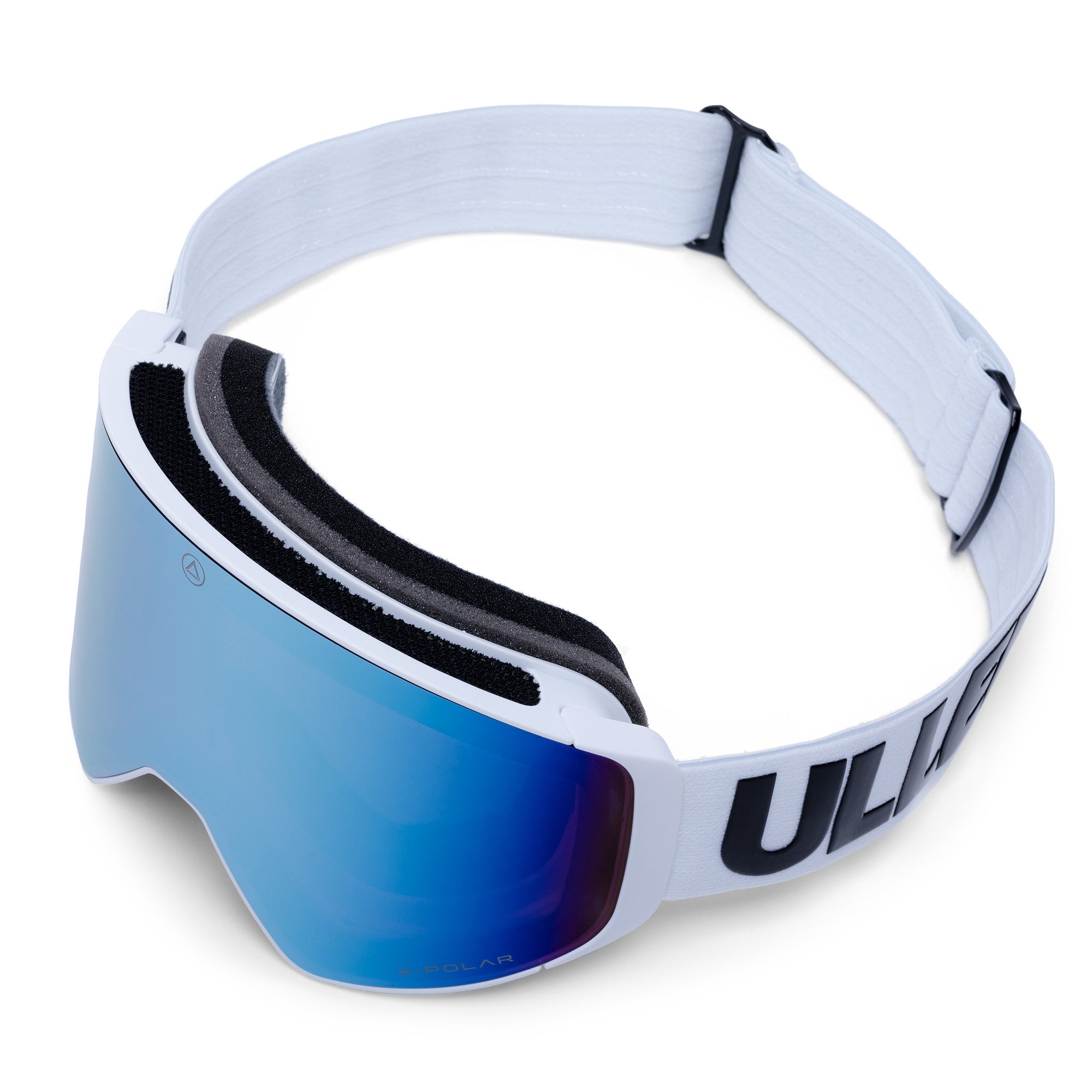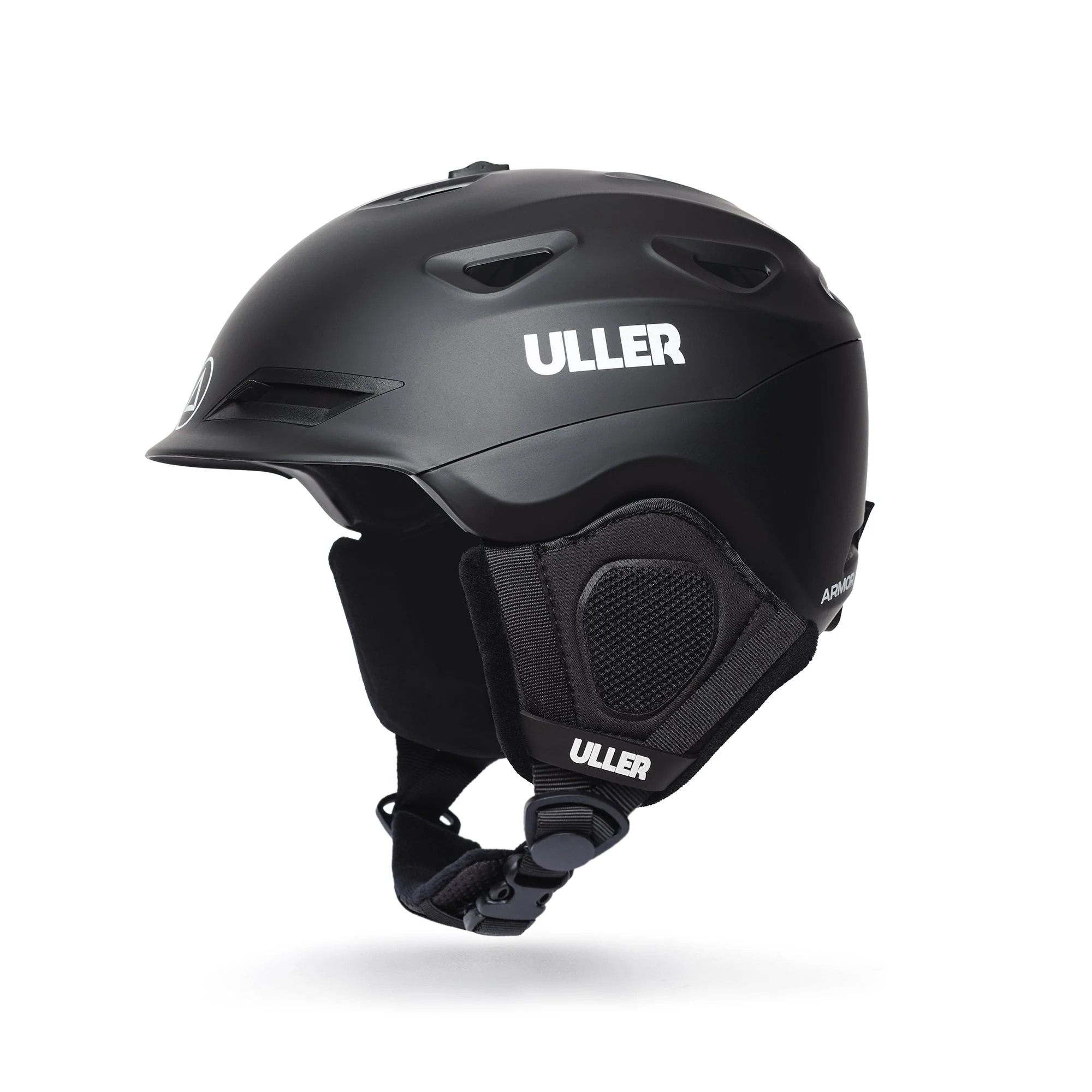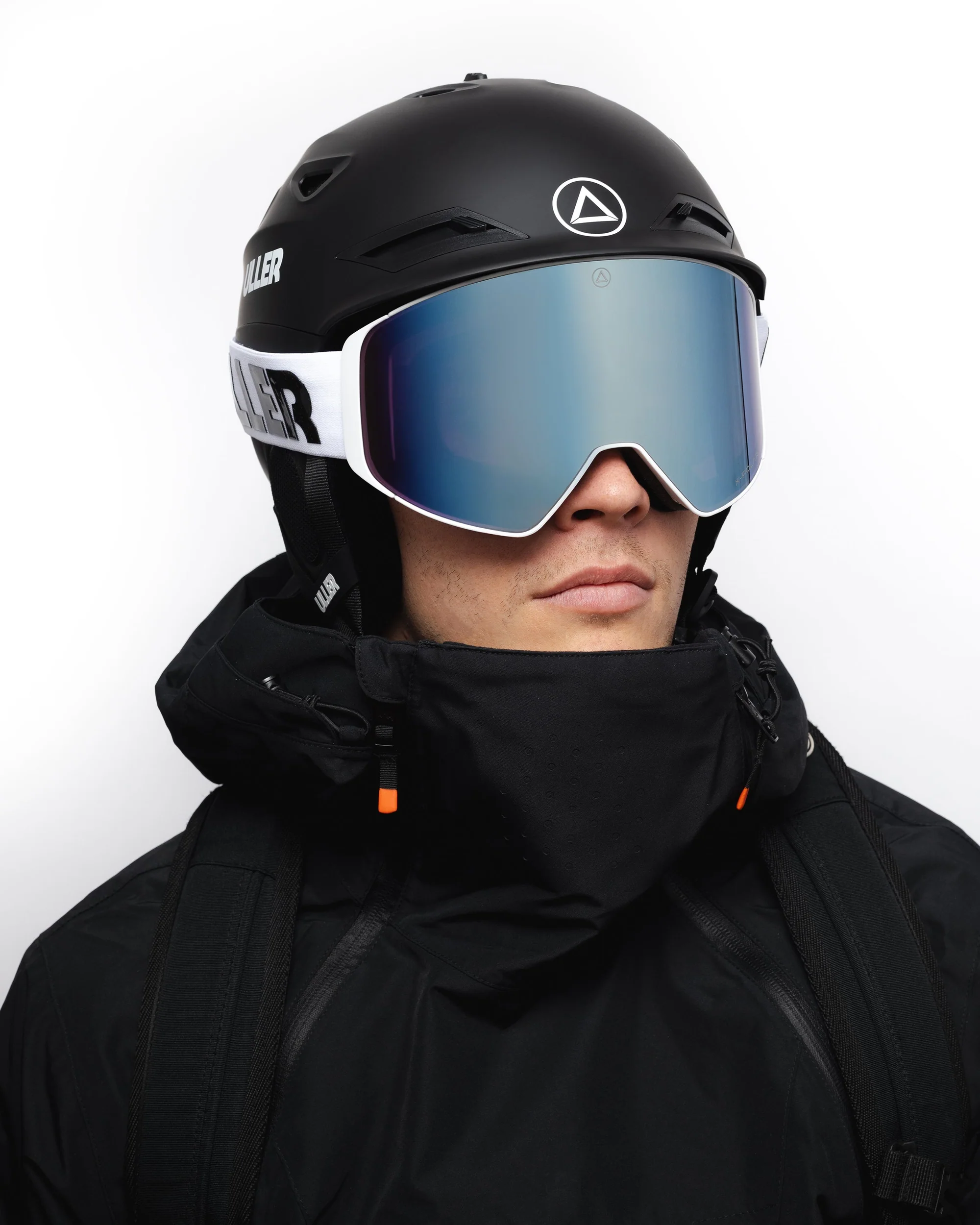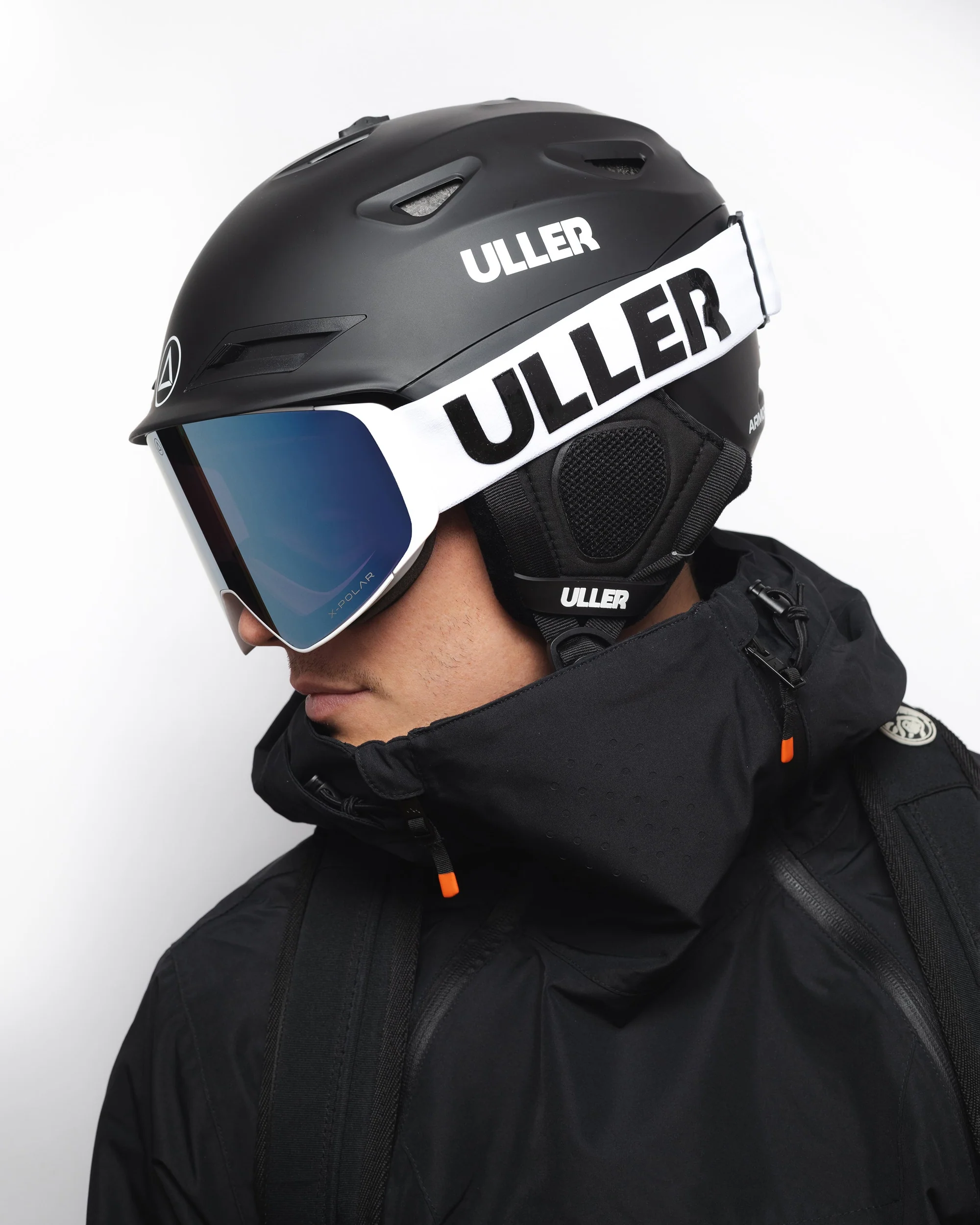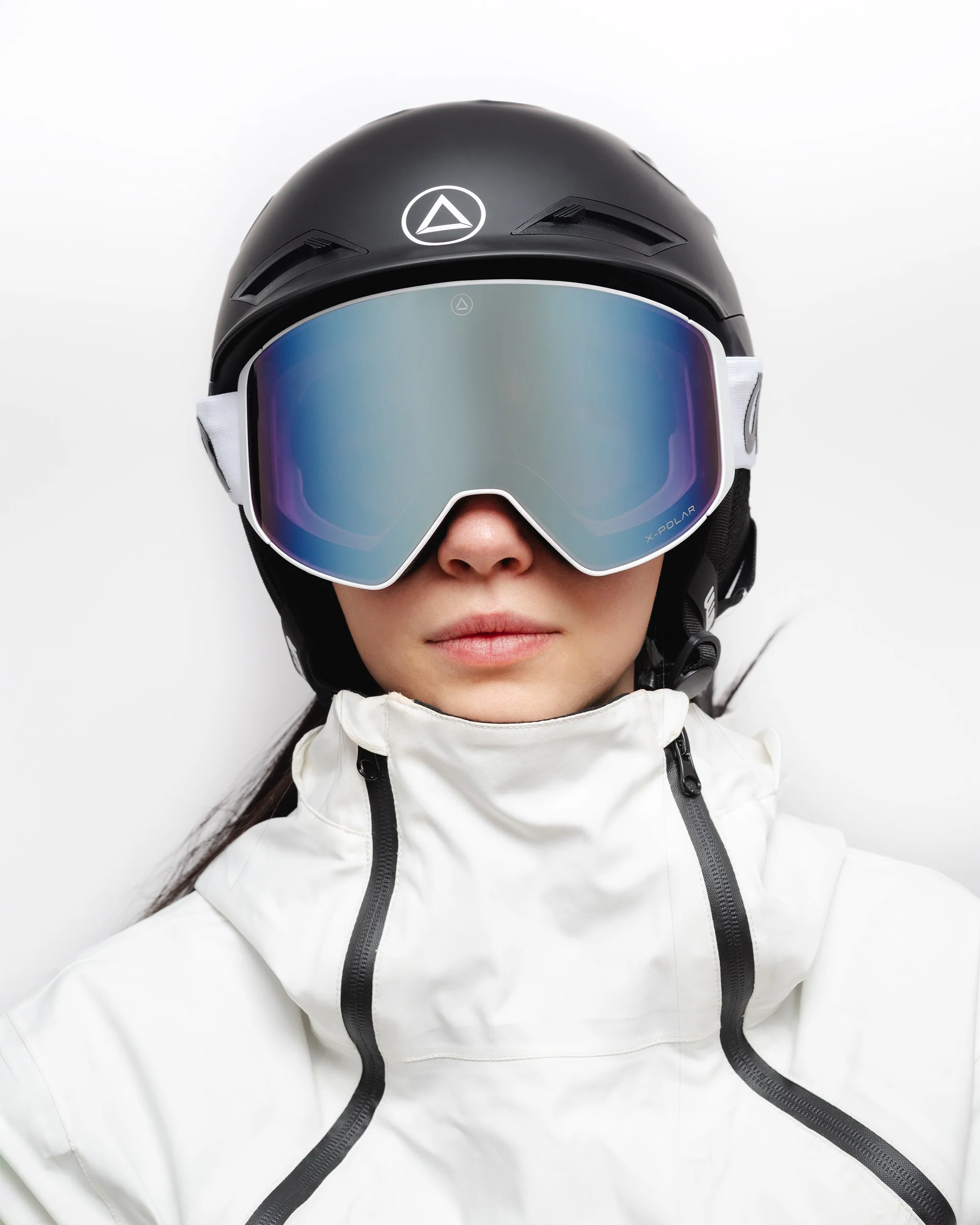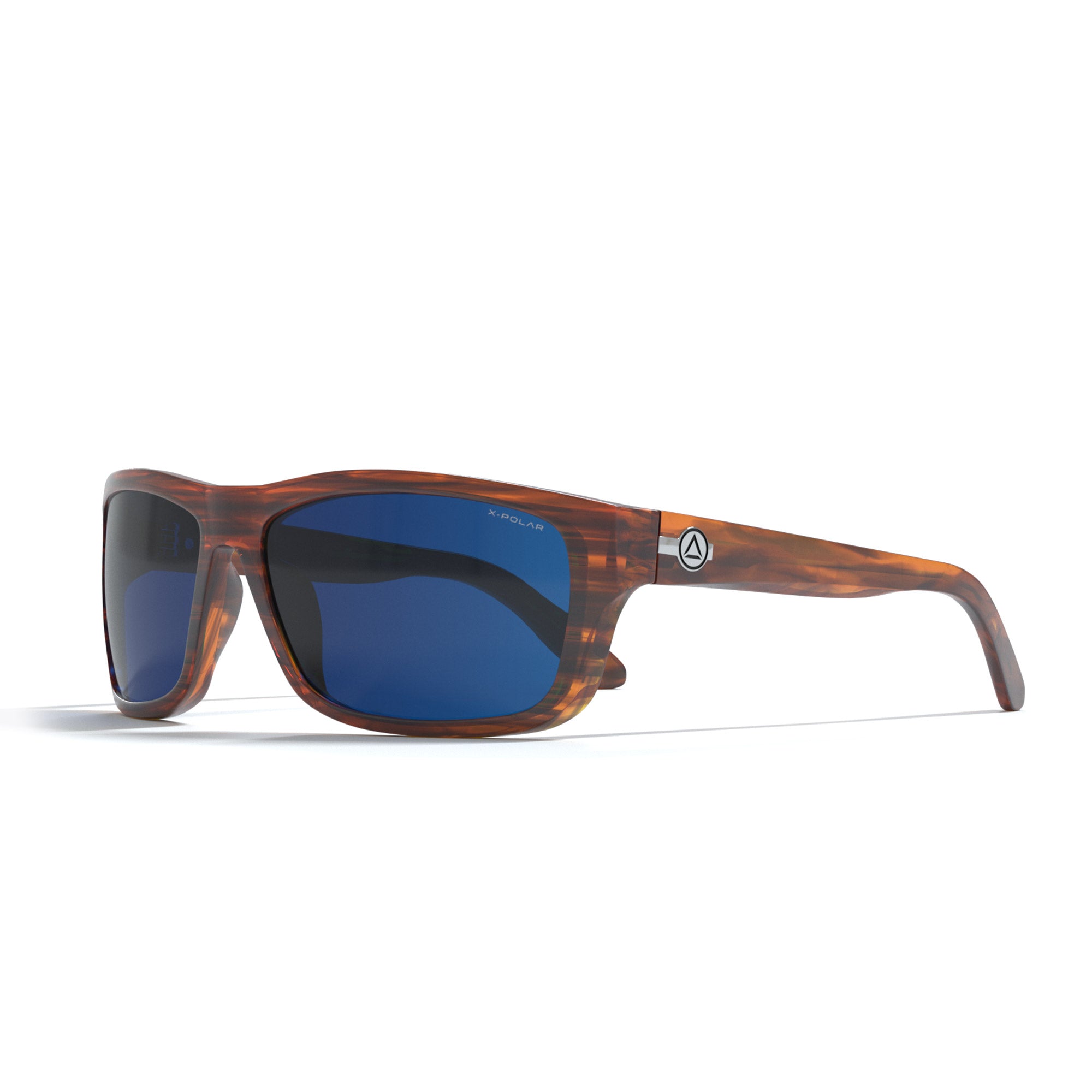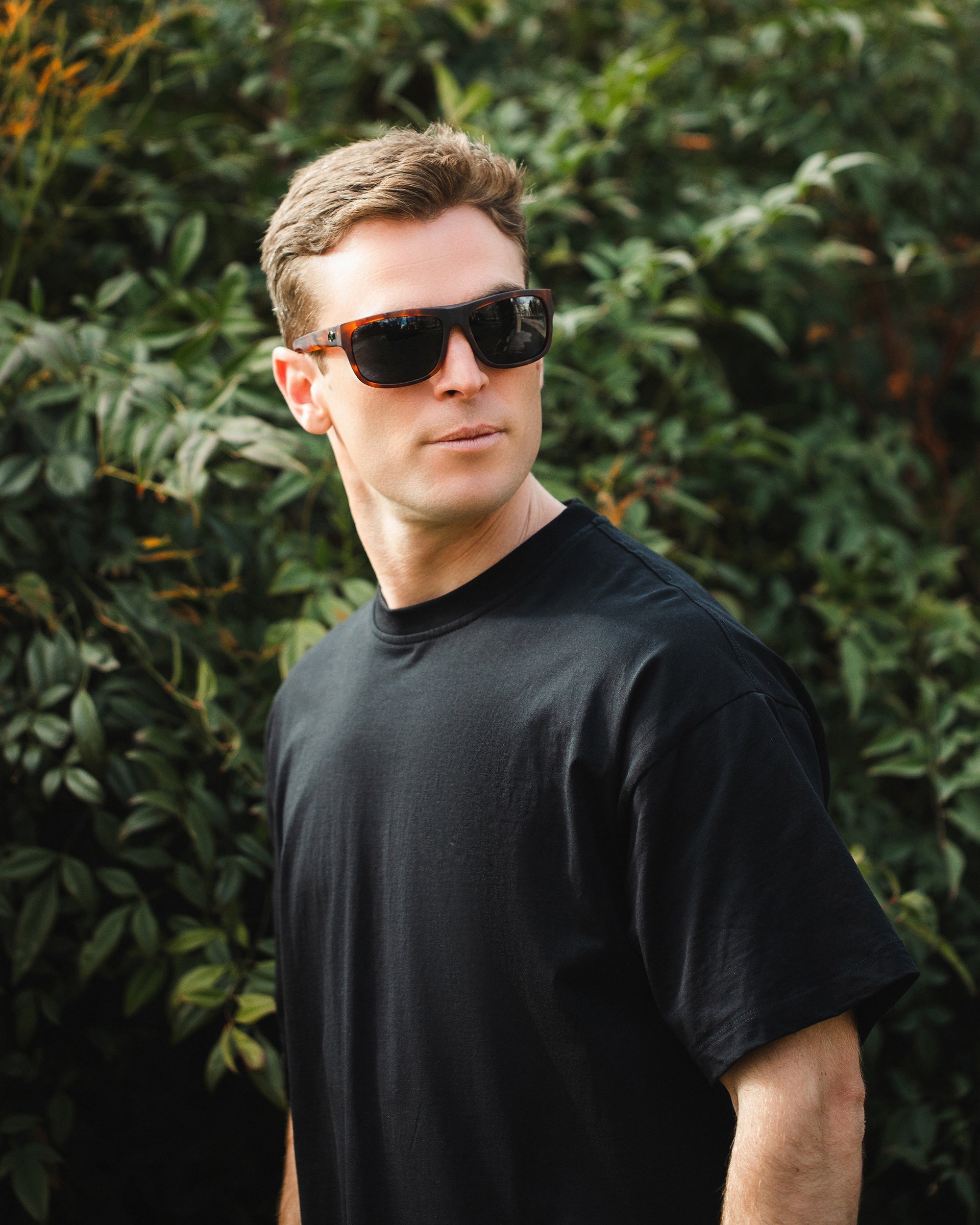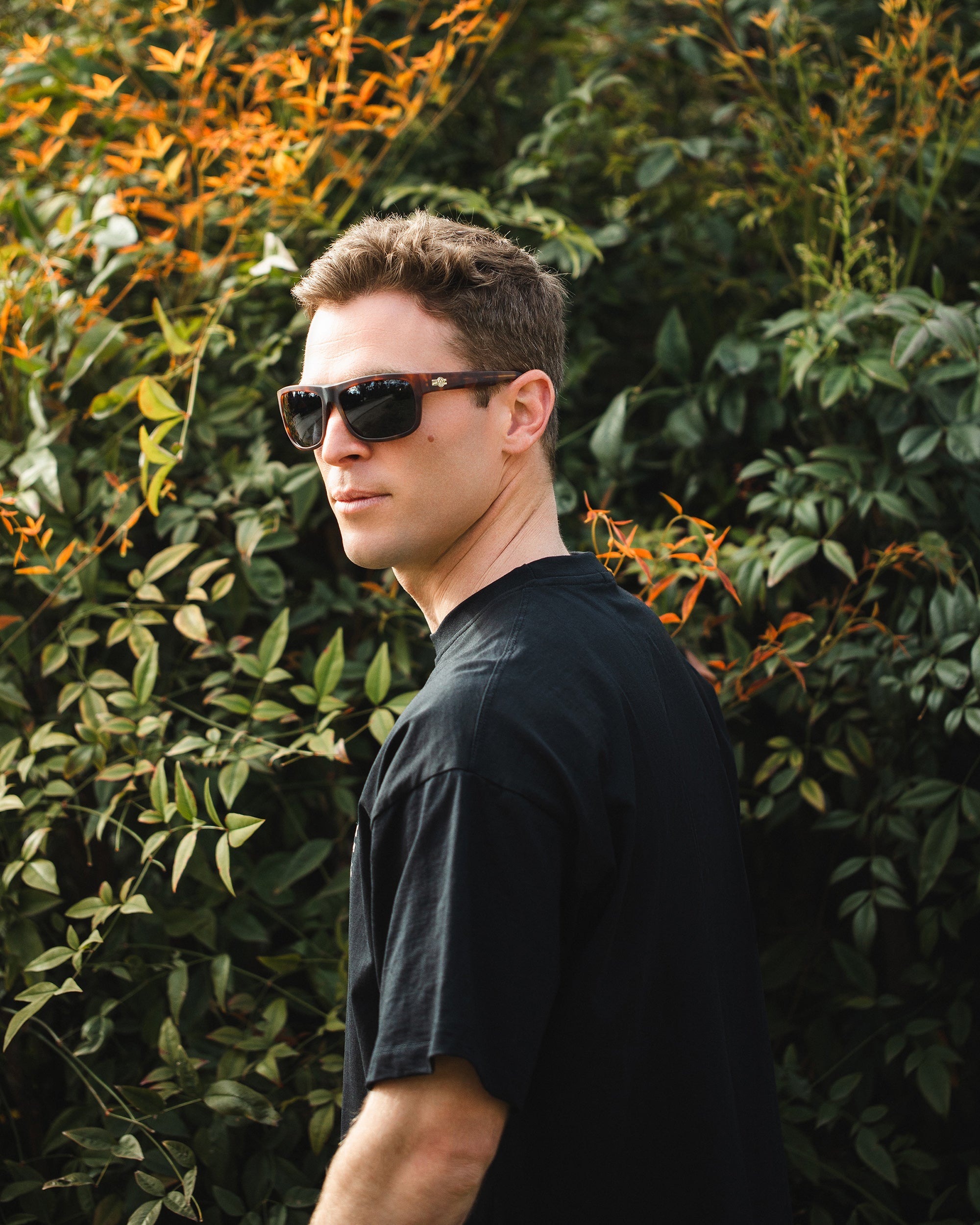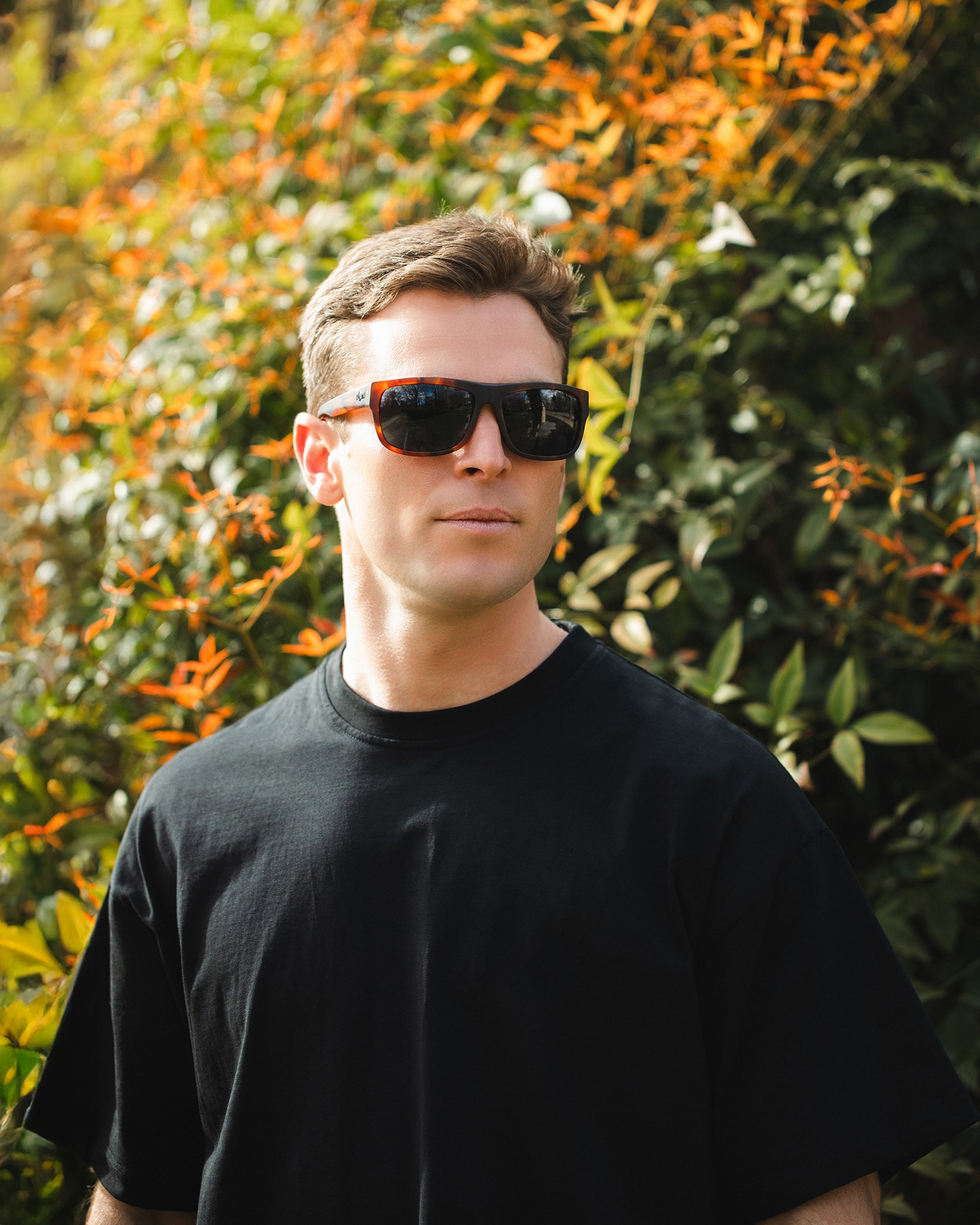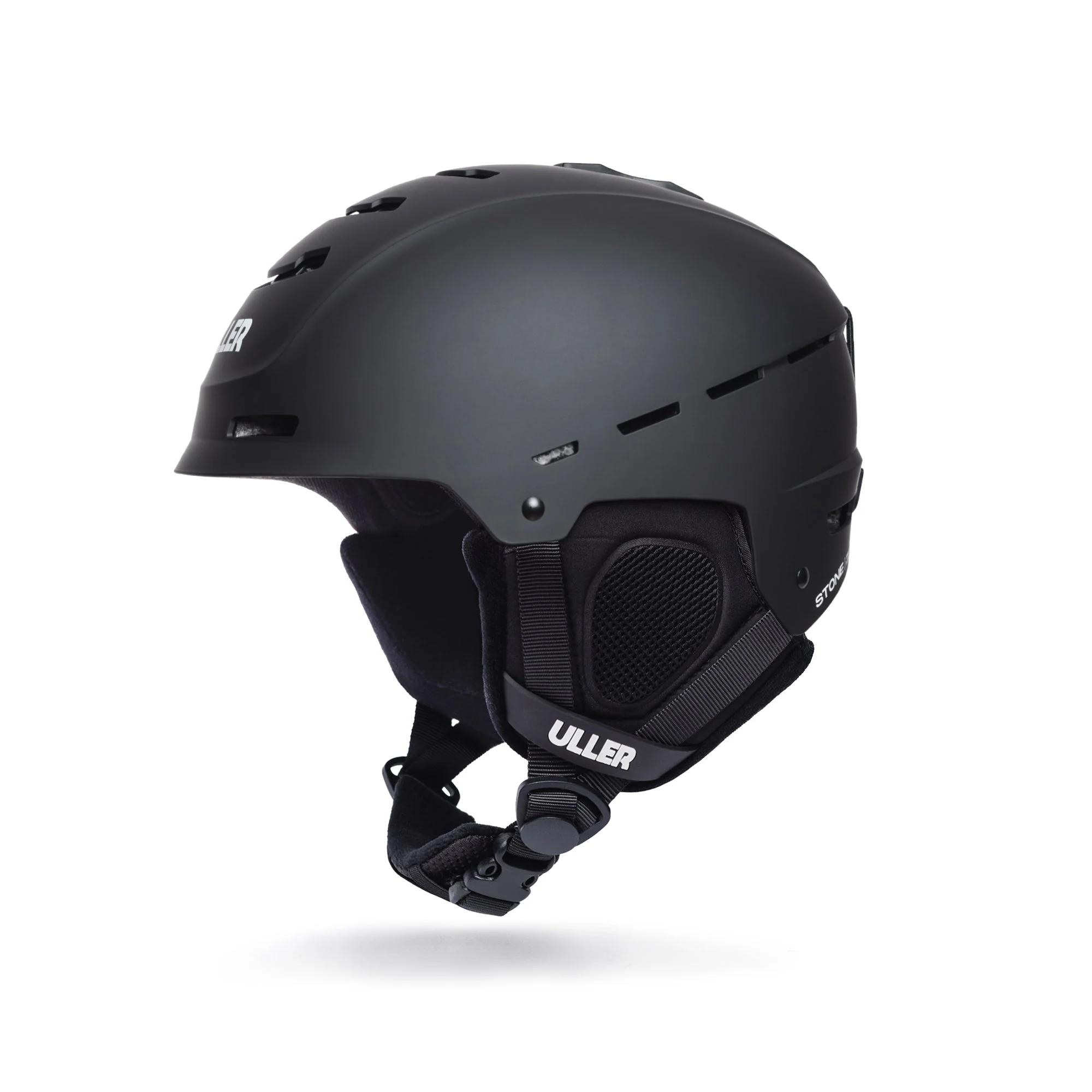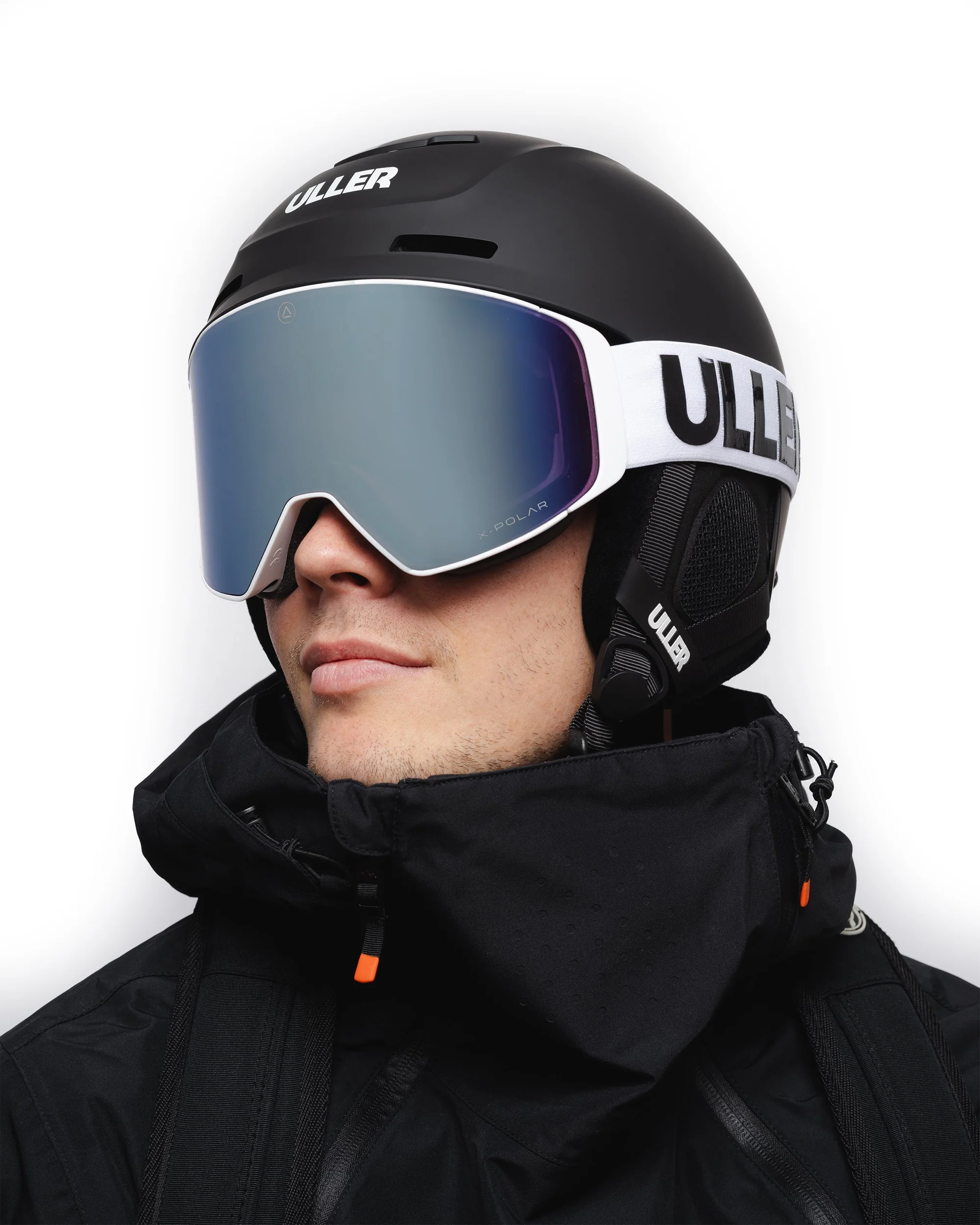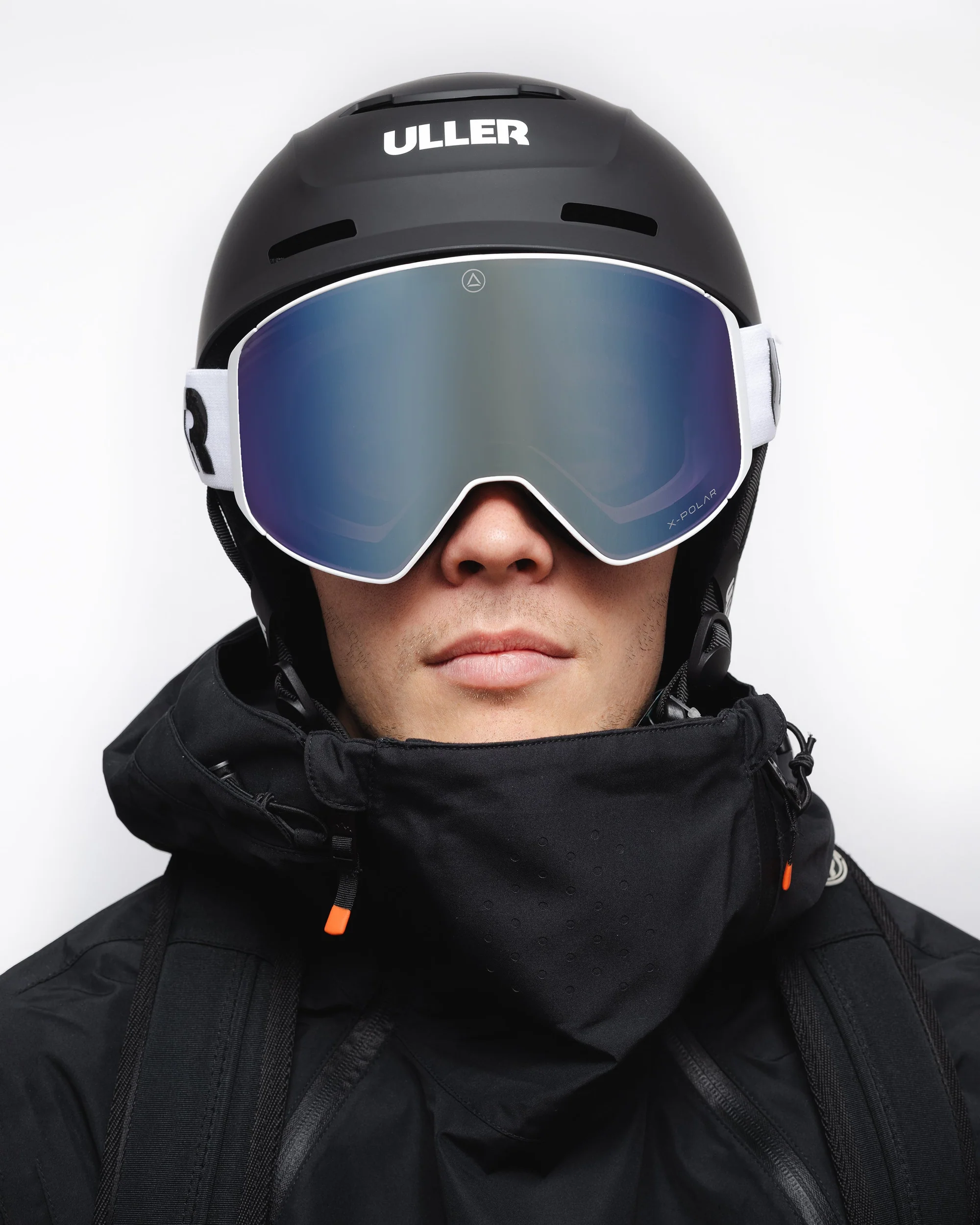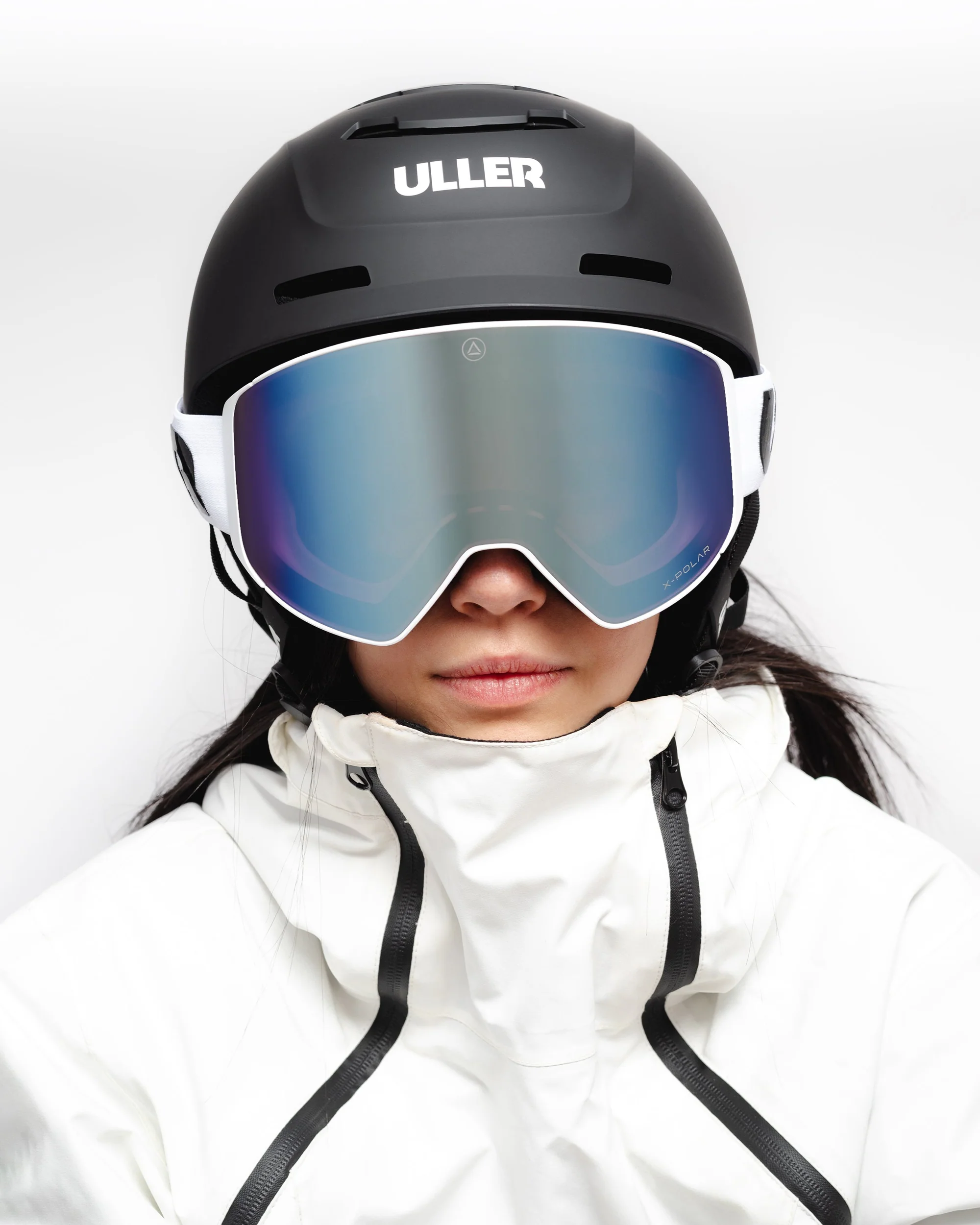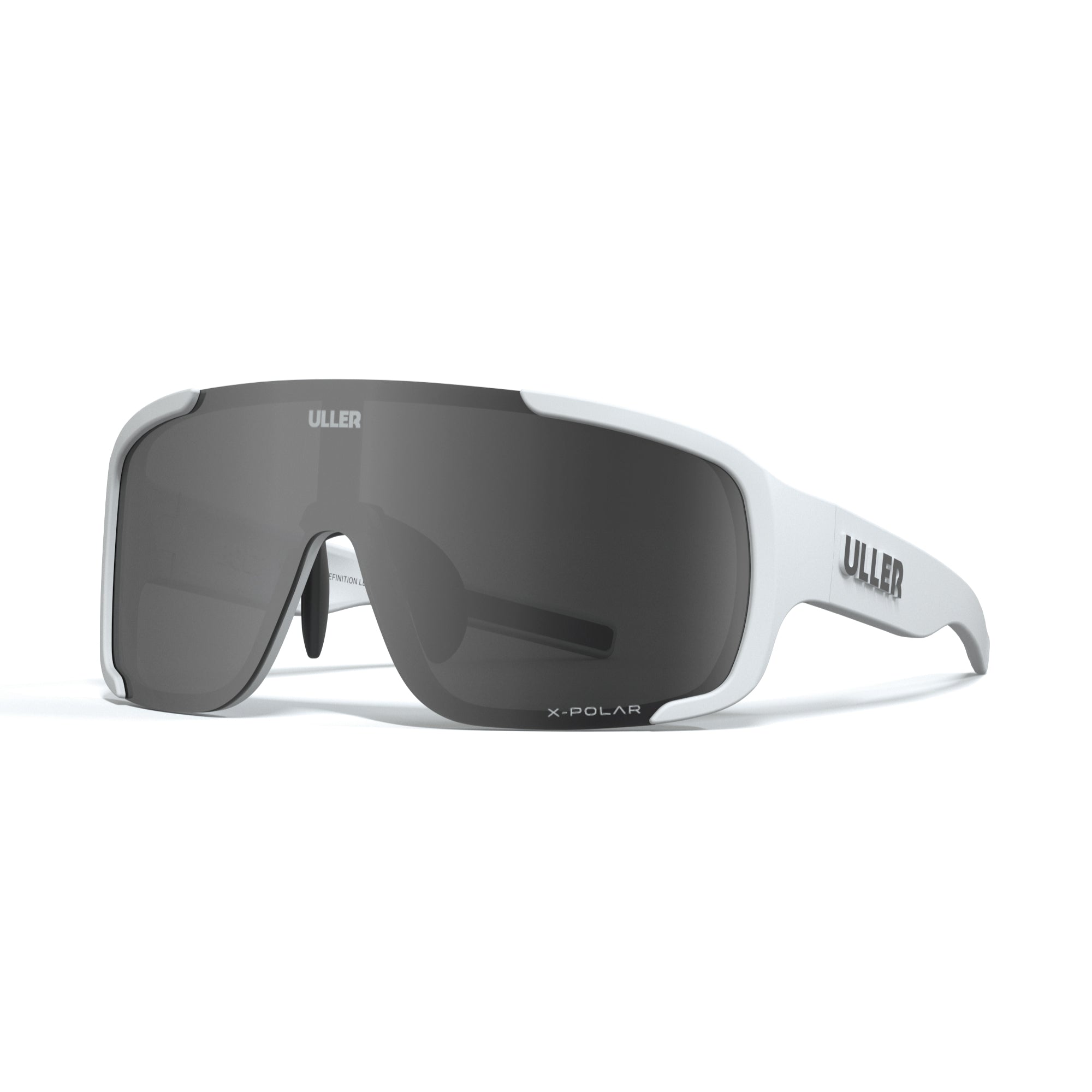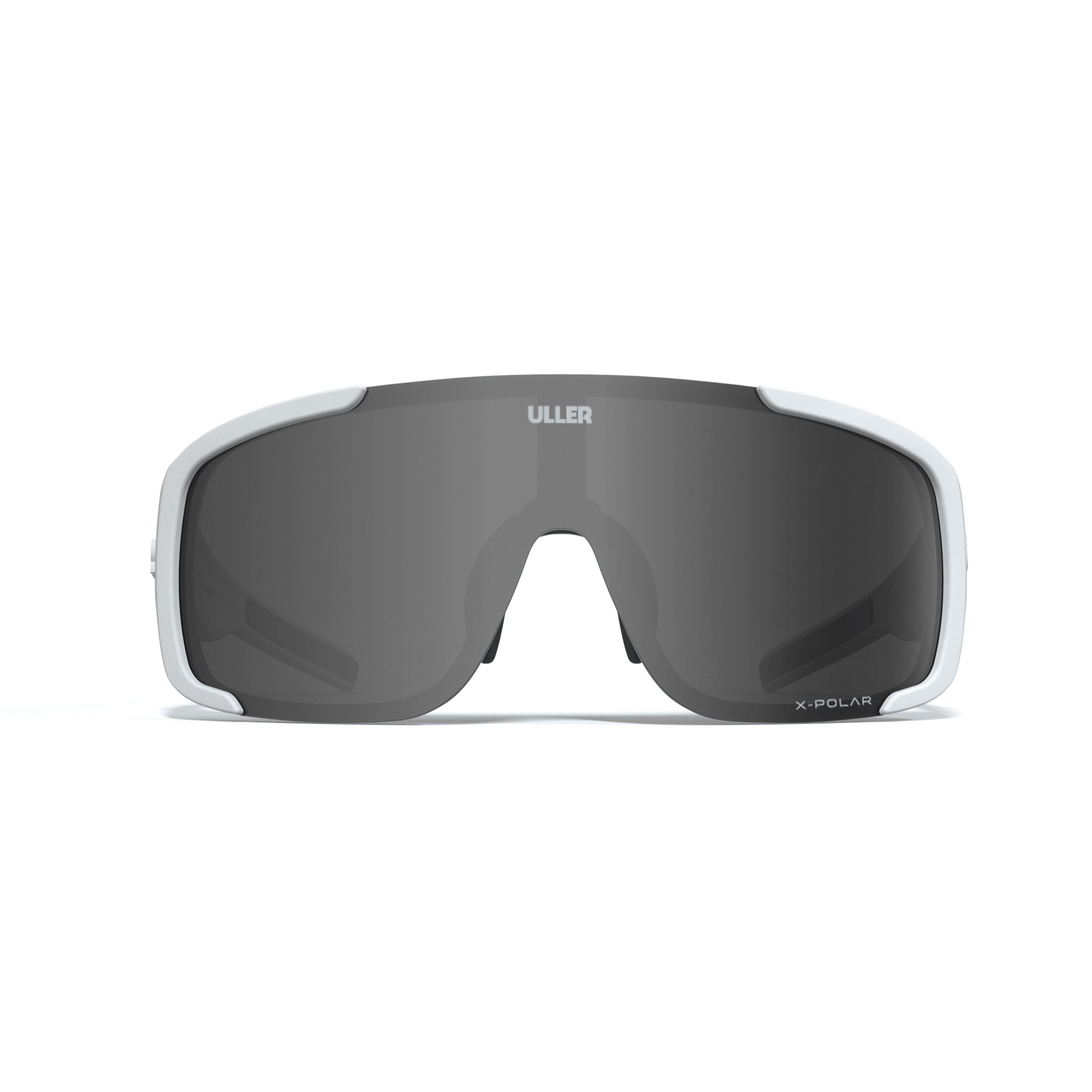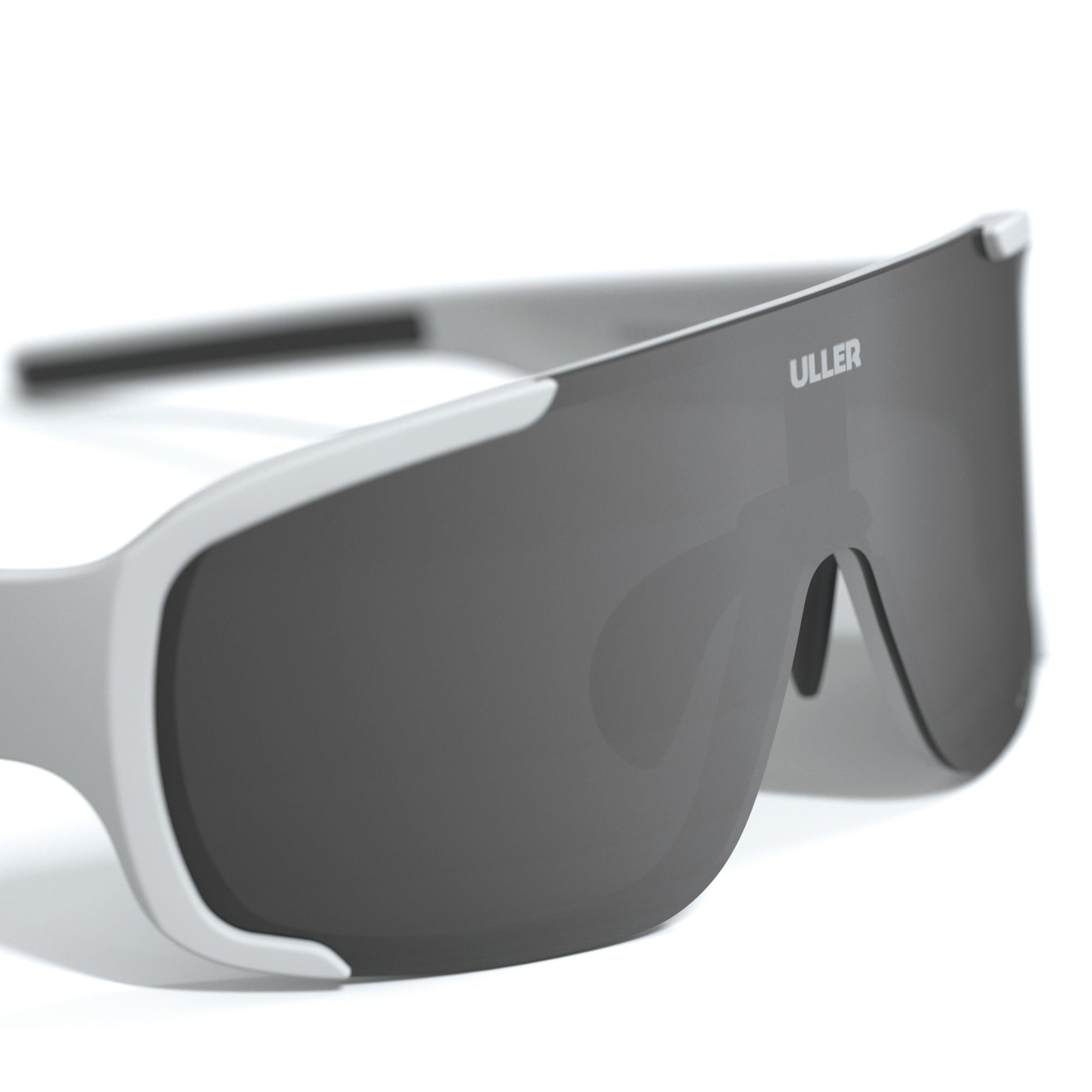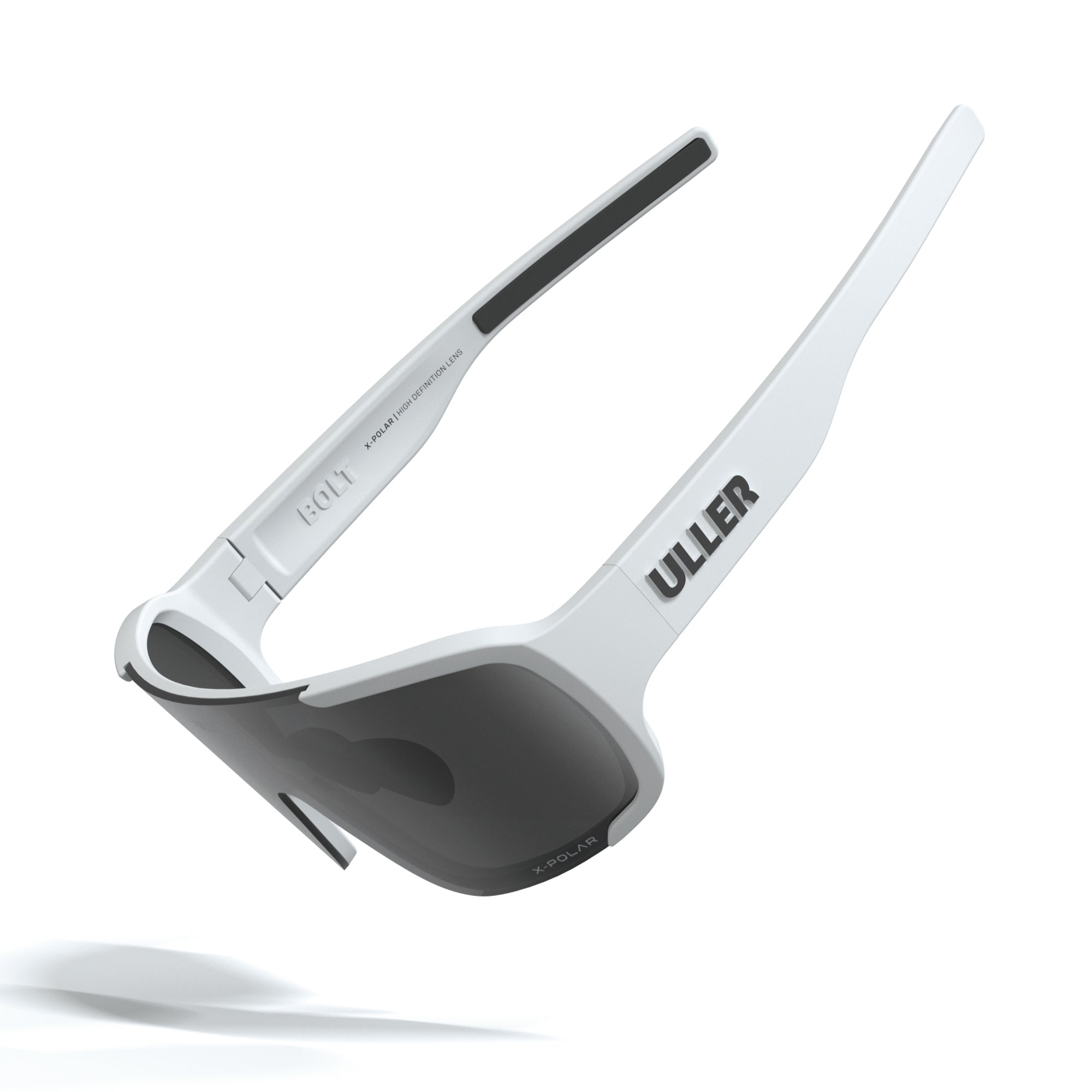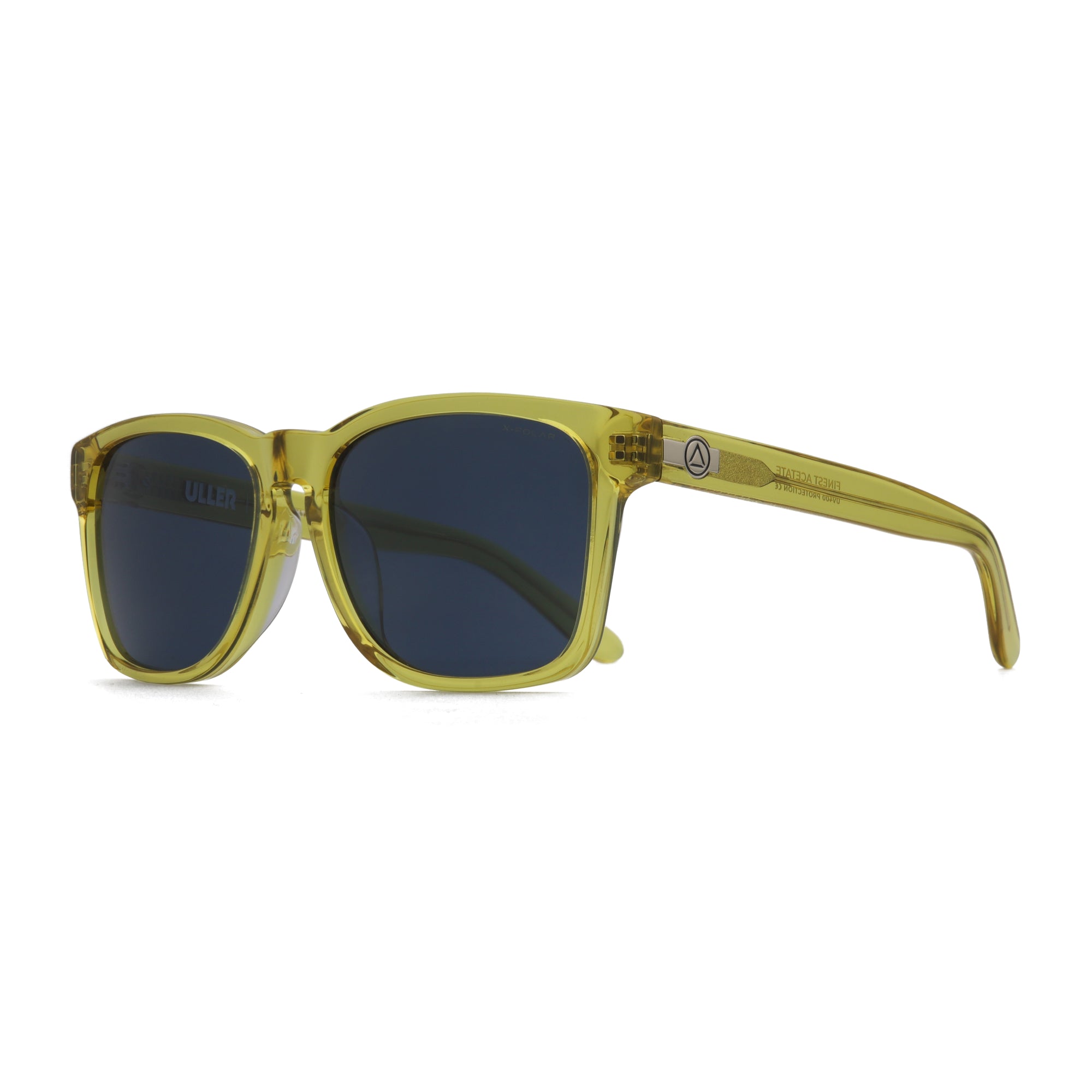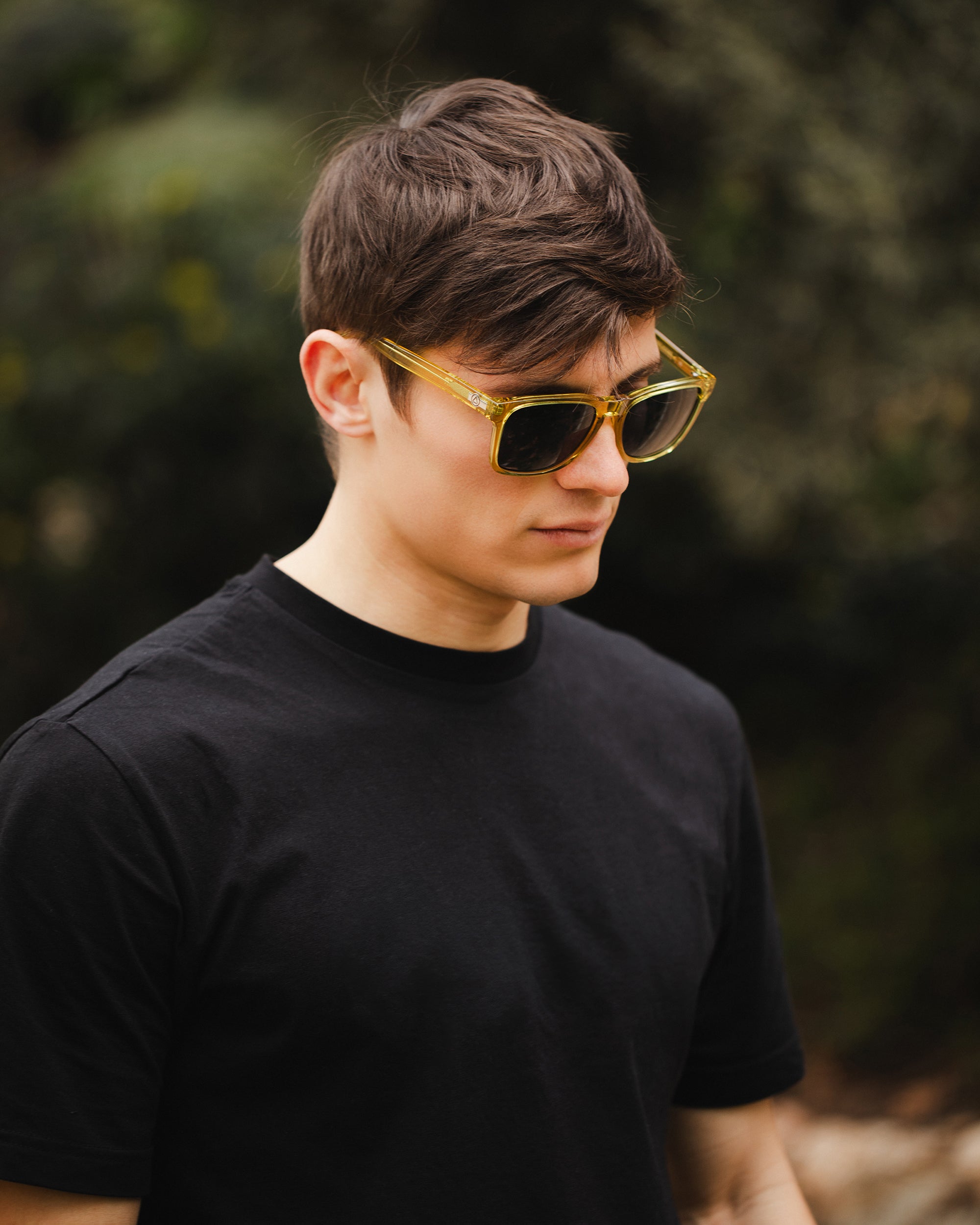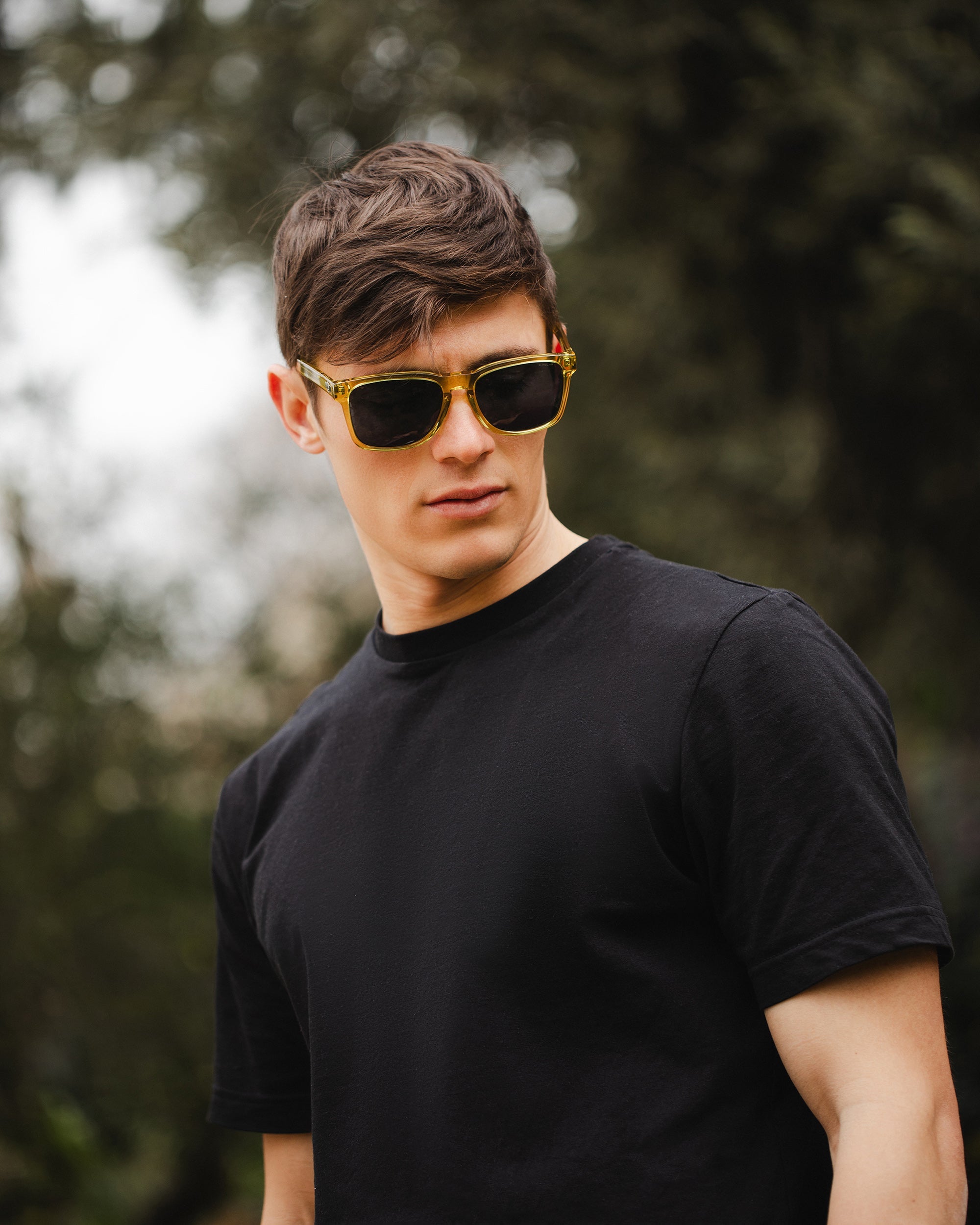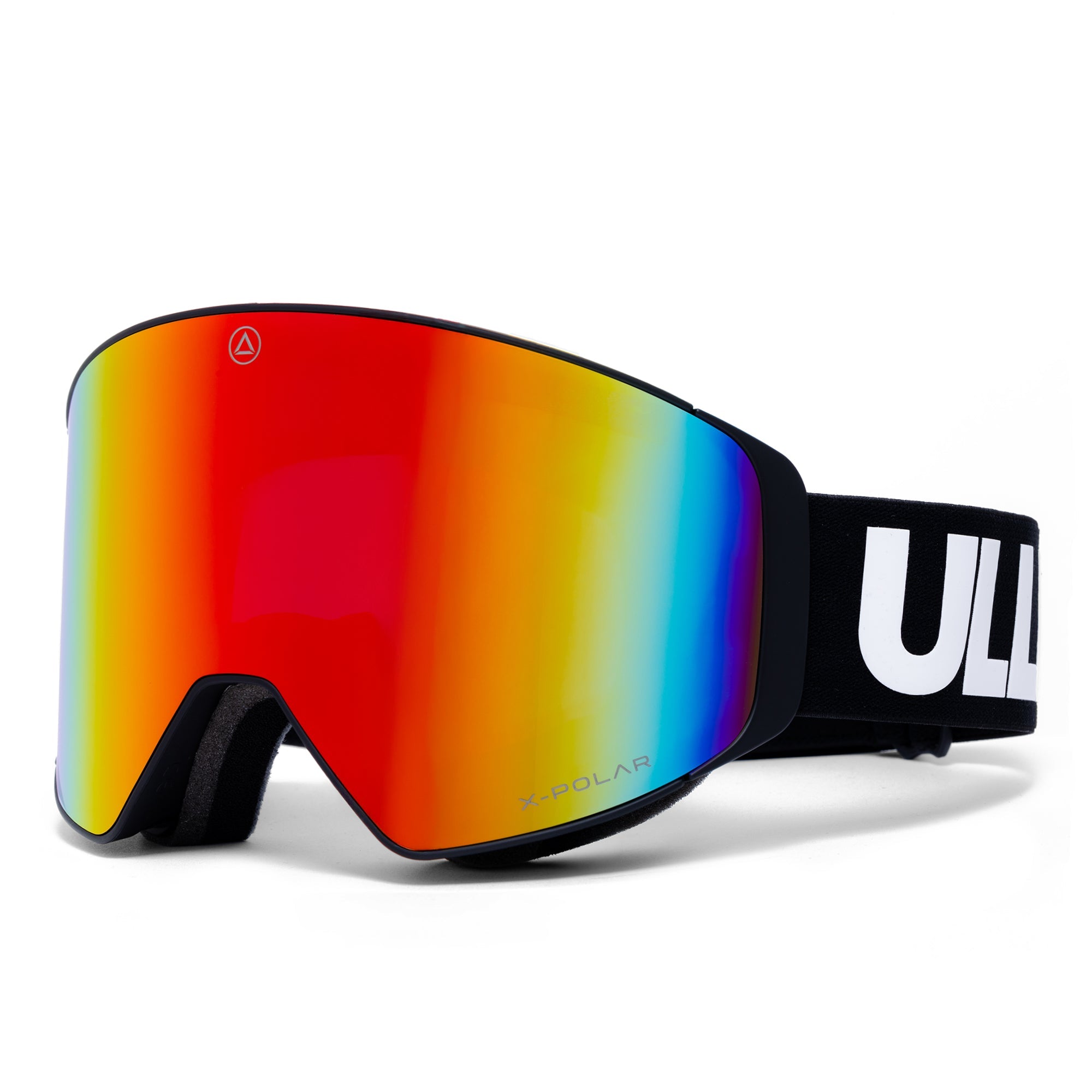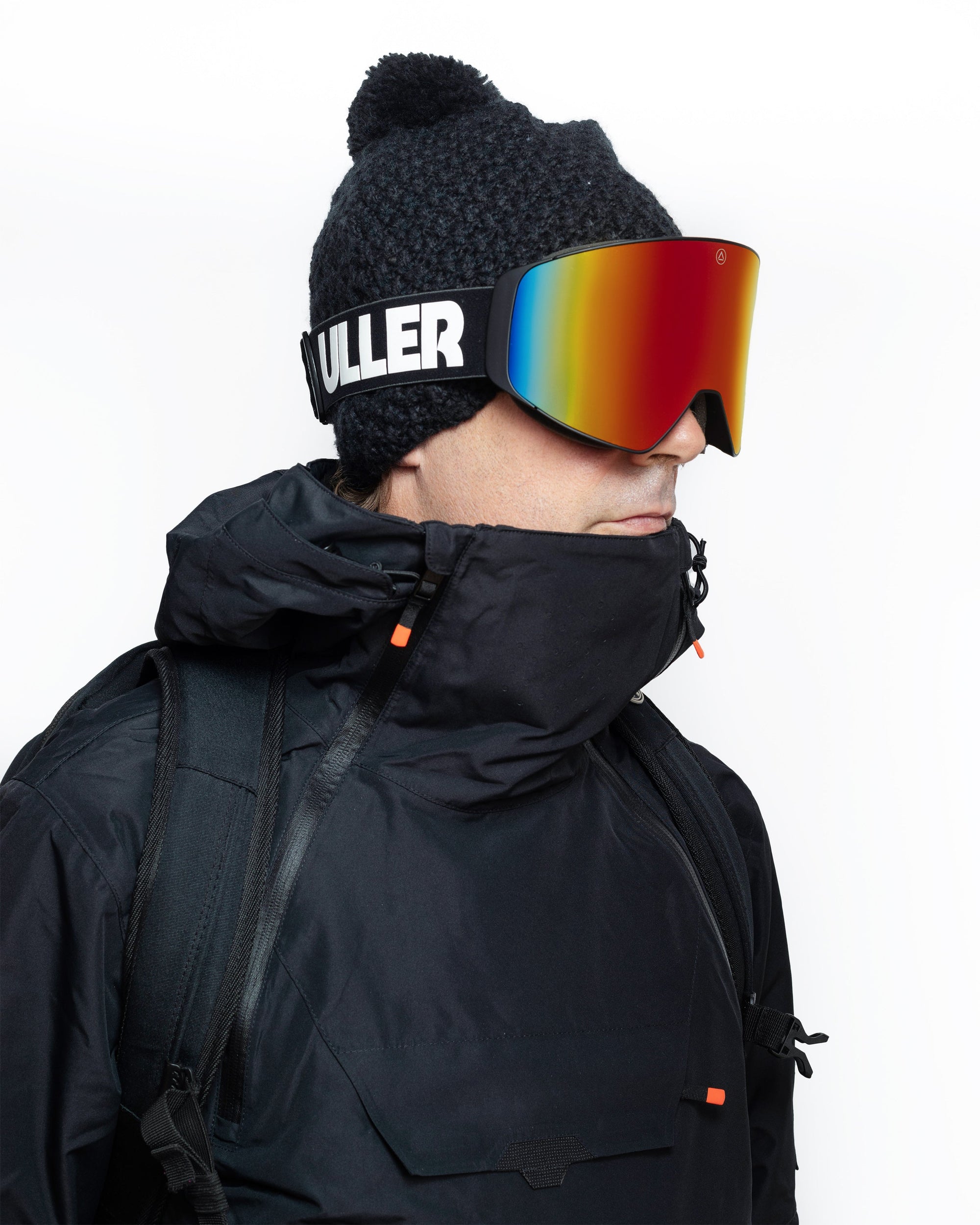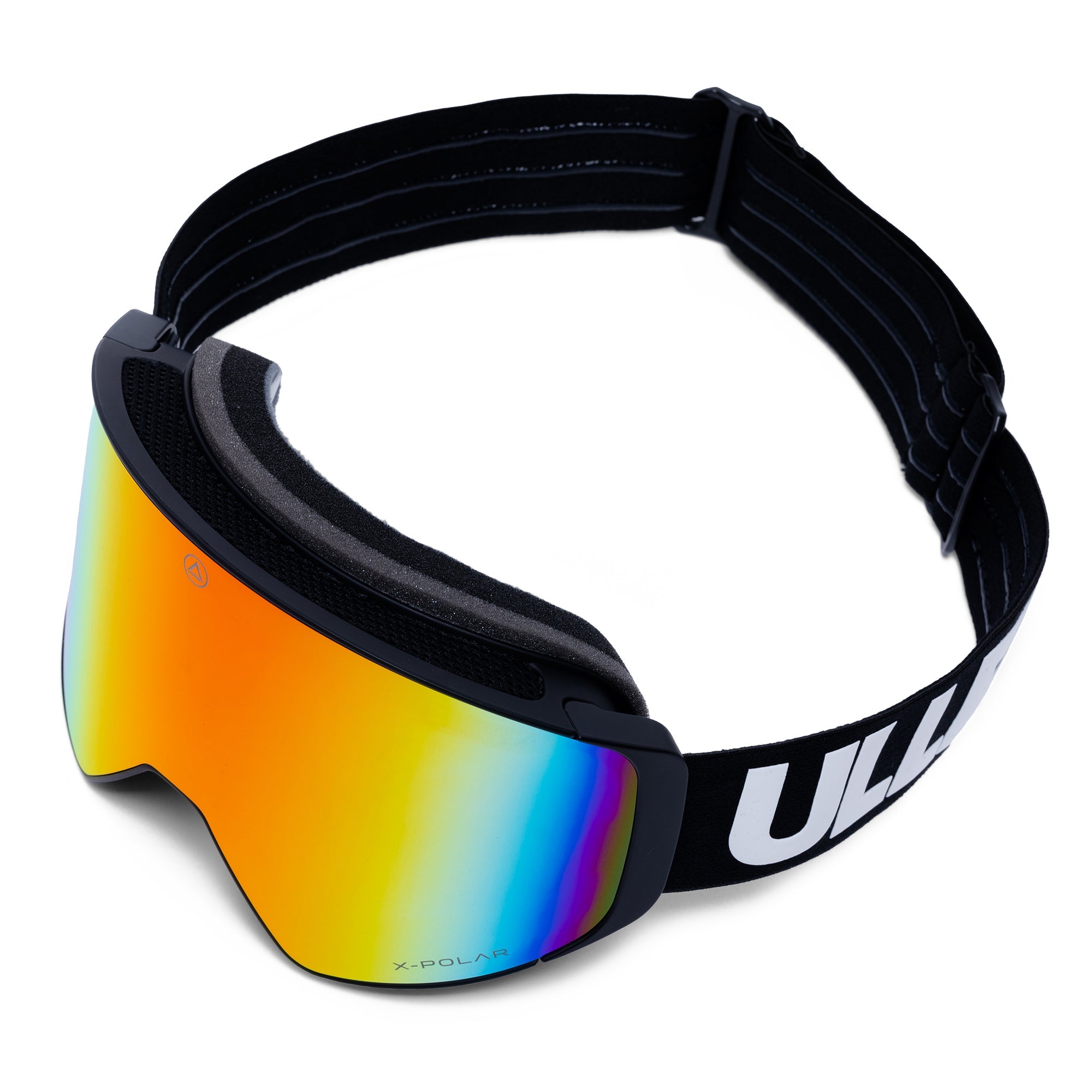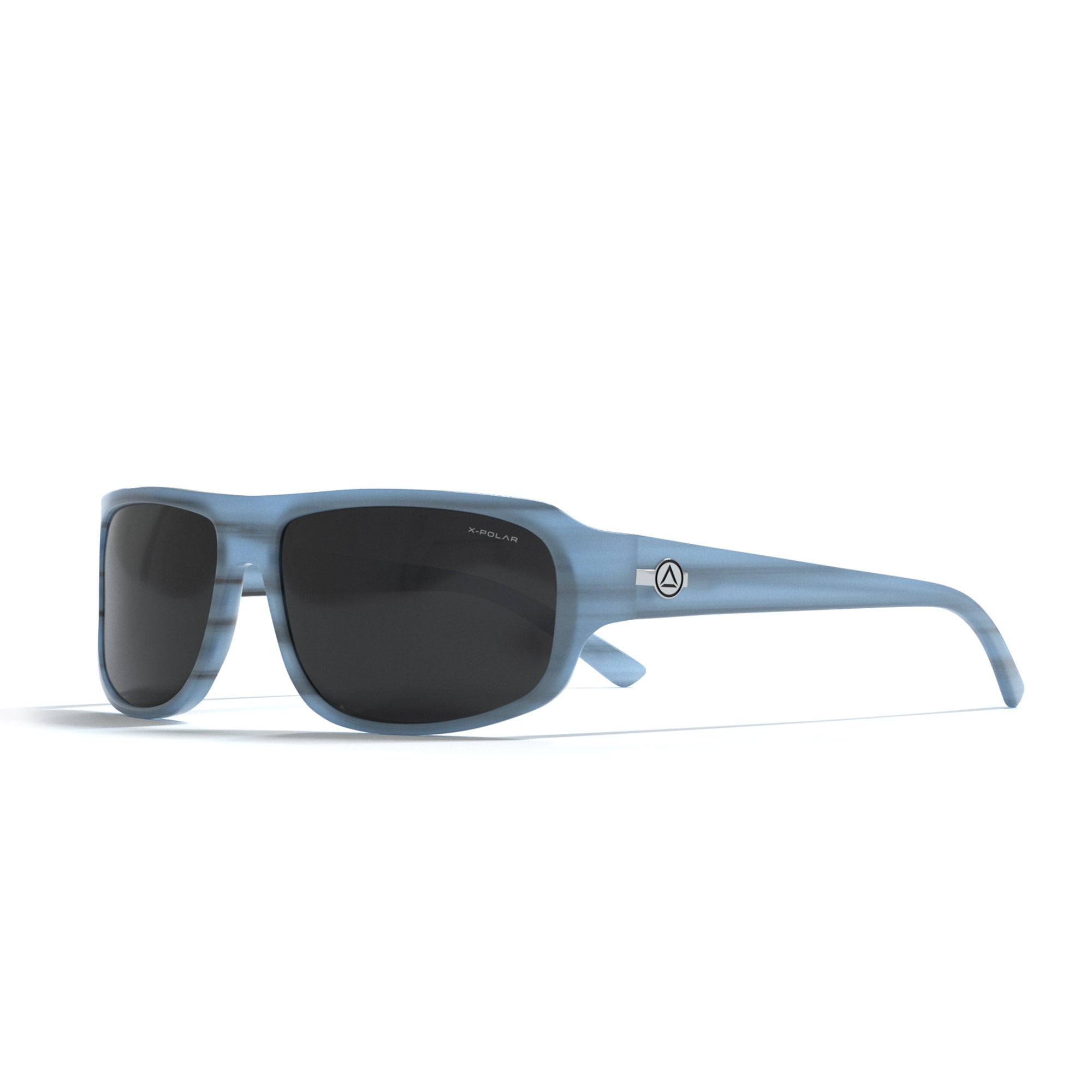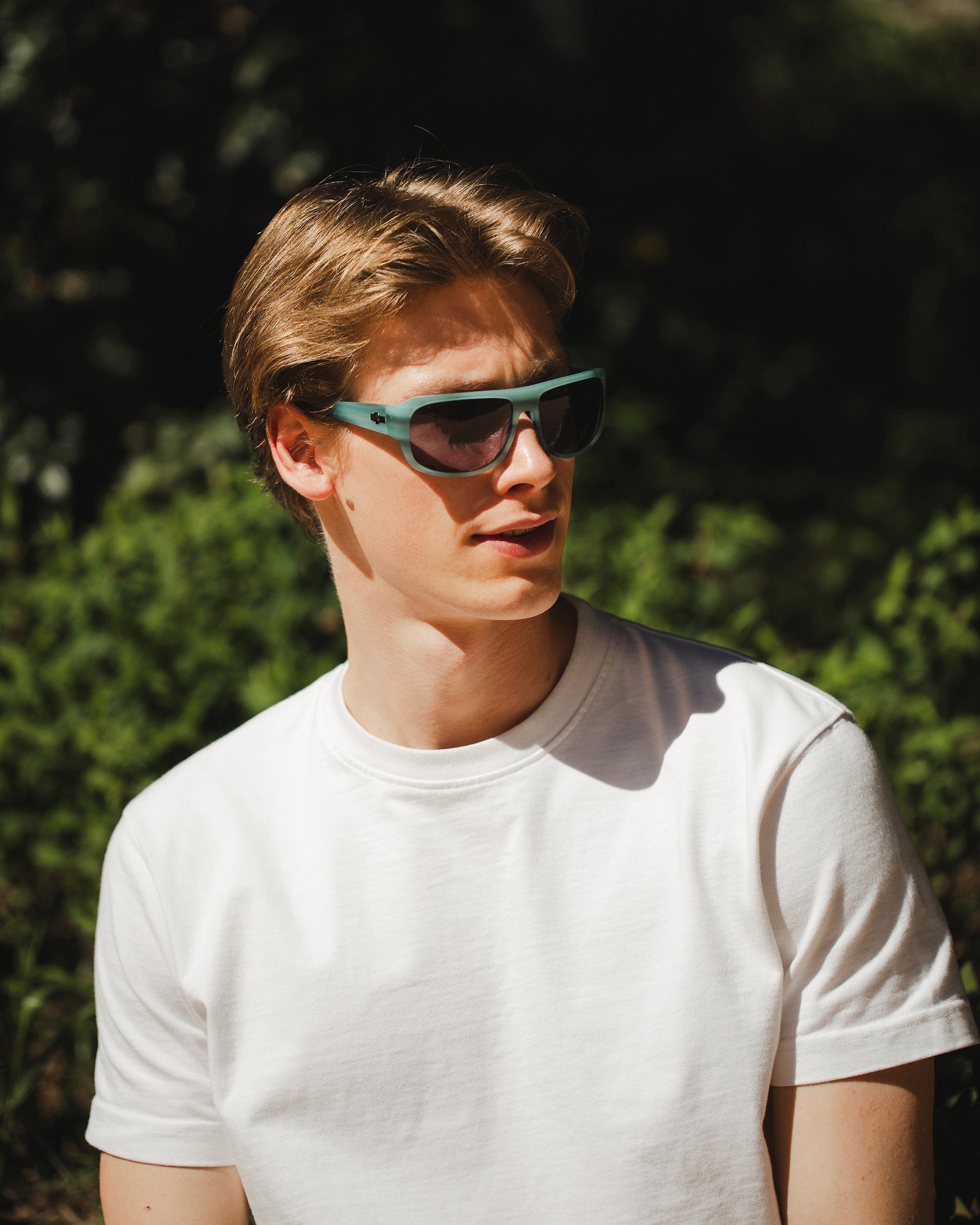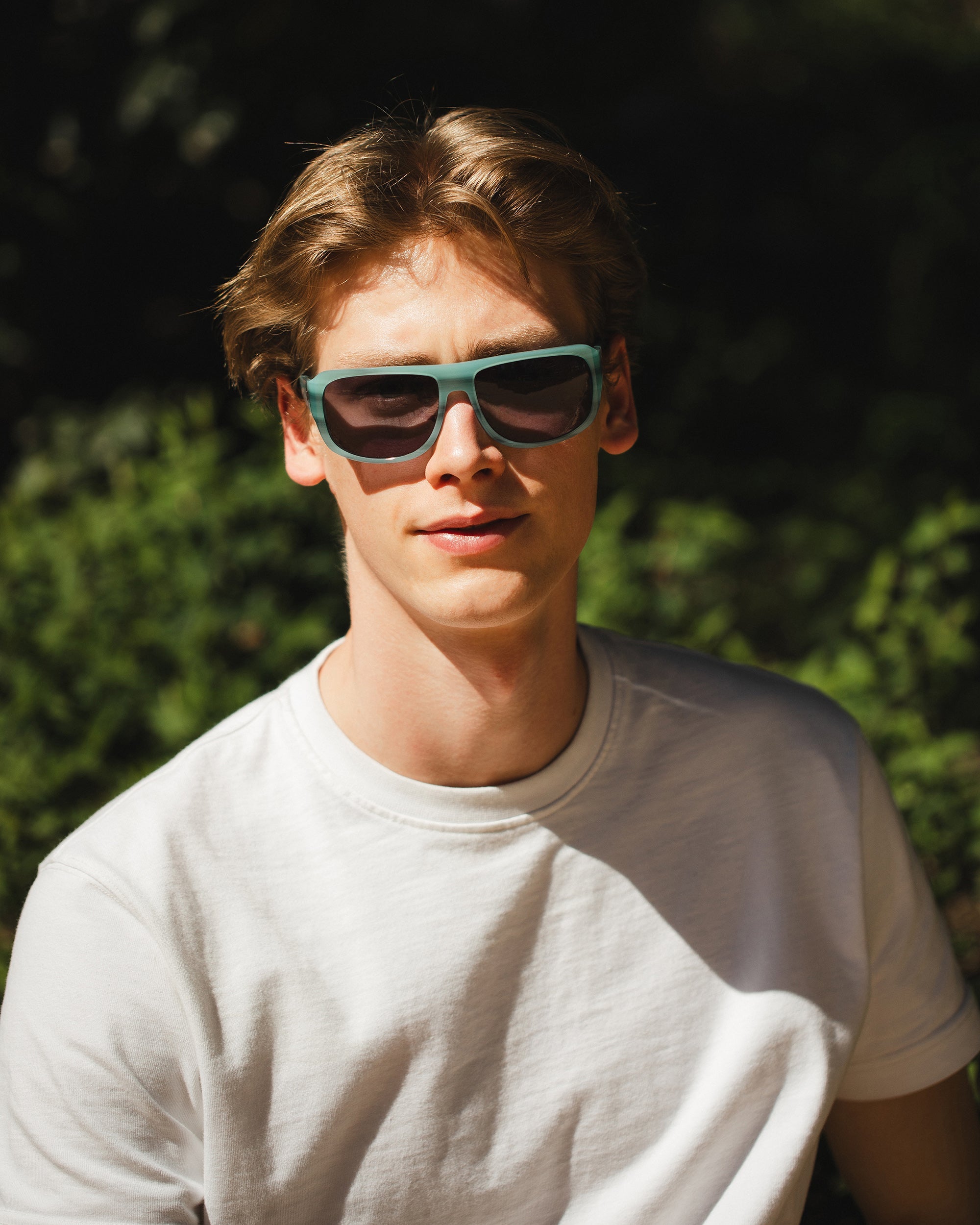If you are a lover of sports and cycling in particular, you will already know that the Tour de France is one of the most important and representative events in this discipline, and also one of the toughest and most rewarding for its participants. Every year hundreds of cyclists set out to cover more than 3,000 km in 21 stages in which sweat, effort and dedication are three of the main protagonists. Since the year 1903 that the Tour was launched, and after more than 100 editions, anecdotes and events have accumulated that have made history in the world of cycling and that you will surely want to know about. Therefore, if you like to practice and/or follow this discipline, these 10 curious facts about the Tour de France interest you!
1.The moment the Tour de France was born.

The Tour de France was held for the first time in 1903 and started with a total of 6 stages of about 400km each.
It was the French newspapers L’Auto and Le Velo that decided to found the Tour de France when they realized the fame of this discipline. Specifically, it was the Frenchman Henri Desrange, director of the sports media L'Auto, who decided to promote this initiative in order to achieve greater economic performance in his newspaper. Every time the pages of these media included information on cycling, their sales increased considerably. In fact, after the first edition of the Tour and having documented each of the stages and movements of its participants on a daily basis, all the newspapers disappeared from the Parisian kiosks in a matter of hours. People were interested in knowing more about a discipline that, in addition to allowing quick and easy movement, also caused the evasion of the war and social problems of the time.
Over the years and the success achieved by the Tour de France, the public has closely followed each of the editions of this competition, affirming what French journalists foresaw at the beginning: the audiences in the media and sales in written newspapers increase every time there is talk of cycling.
2.When the first Tour crowned its first winner.
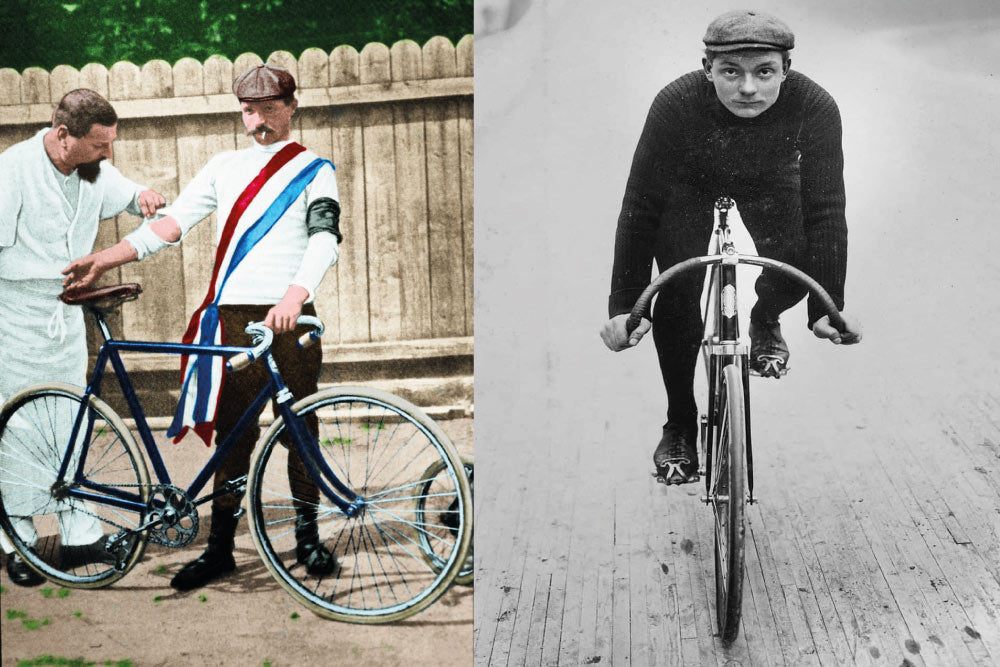
The first official winner of this important competition held in 1903 was the cyclist Maurice Garin, who won the Tour de France after 19 days and 6 stages of approximately 400km each. Back then, cyclists had to ride the same bike throughout the competition, and if it was damaged, they had to fix it themselves without changing it. In addition, Garin had to run the Tour at night, a fact that was eliminated two years later due to the lack of security it entailed. Despite this historic victory, Maurice Garin, born in Italy and raised in Lens, France, rode again the following year and was disqualified for riding a stage of the Tour in a car. The cyclist gave his name to the still existing velodrome in the town of Lens, and also to one of the most famous streets in Maubeuge, France.
3.When the first cyclist who did doping was discovered.
Vicente Blanco was a successful Spanish cyclist who participated in numerous championships in this discipline since they began to be held, including the Tour de France. Shortly before his participation in this competition, Blanco lost several toes, a fact that gave him the nickname "El cojo", but despite his physical problems, he continued to compete professionally. It was at this precise moment when the Spaniard began his journey in doping or doping.
In 1910 he participated in the Tour de France despite suffering from severe health problems, and if the harsh conditions already threatened all of its participants, they did so more intensely for those who suffered from a pathology like him. In this way, Vicente Blanco agreed with several of his fellow cyclists to meet at strategic sites in each section of the Tour to provide him with food in order to gain an advantage and thus continue the competition without inconvenience. In this way, the Basque cyclist became one of the first to use doping in the discipline of professional cycling through food.
4. When was the Tour de France broadcast for the first time?

It was in 1930 when this renowned cycling competition began to be broadcast on the radio, but it was not until 1952 when content from the Tour began to be included on television. This competition has always had a large number of followers and fans who have supported their favorite cyclists from their homes, having begun by being a great escape route for the European population during the war and social conflicts of the time. As the years have gone by and the Tour has become one of the most important events in this discipline, it is broadcast live throughout all its stages and sections.
5. The moment the Yellow Jersey appeared

After the first successful editions of the Tour de France, World War I arrived in Europe in 1914, thus interrupting the natural rhythm of life and sport for all citizens of this continent. After many armed conflicts and a total and absolute revolution of the social and political parameters of the moment, the Tour de France returned four years later, in 1918, incorporating a novelty that was here to stay: the yellow jersey. The purpose of this element is to distinguish the leader of the classification from the rest of the riders in the competition and its yellow color refers to the paper of the French newspaper L'Auto, whose director was the main founder of the Tour. Today this clothing is maintained with the same purpose as in its beginnings.
6.The moment when Lance Armstrong loses all his victories.

American cyclist Armstrong was the top winner of the Tour de France, having won seven consecutive victories from 1999 to 2005. Who seemed to have been a milestone in cycling was accused on multiple occasions of having committed doping practices in the Tour after having ingested substances such as steroids, cortisone, testosterone... Armstrong, who suffered testicular cancer in 1996, confessed to having consumed this type of substances after having gone through the operating room to defeat the disease.
French doctors, fellow cyclists and the media began an intense war of accusations that ultimately culminated in the withdrawal of all seven of the American's Tour de France victories, along with a lifetime ban from professional cycling.
7.When the longest tour in history took place.
In 1926, the Tour de France had 17 stages of approximately 330km per day, making a total of more than 5000km, a record that has not been broken to date. Currently, the Tour de France has more stages, but fewer kilometers, not exceeding 3,500 km in any of its editions. In 1926, 126 cyclists participated, of which only 41 reached the finish line. The winner was the Belgian cyclist Lucien Buysse, who managed to complete all the stages at an average speed of 24km/h.
8. When British cyclist Tom Simpson lost his life in the Tour de France.
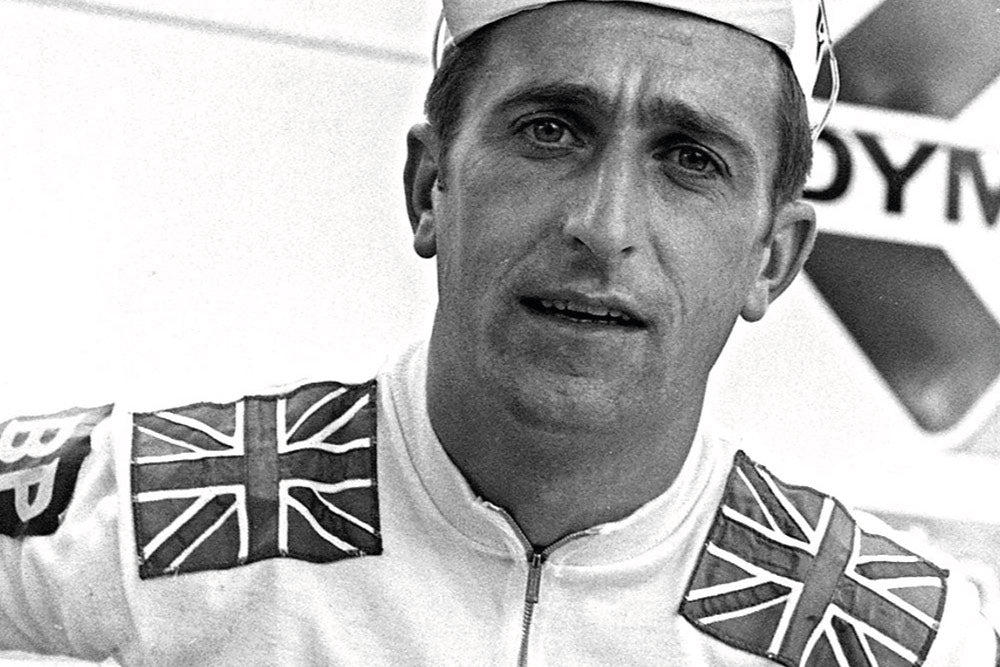
Tom Simpson was a great athlete specialized in road and track who in 1967 lost his life in the Tour de France due to the intake of amphetamines and alcohol, the high temperatures to which he was subjected in the competition and the heart failure. Despite the British's poor health and several falls throughout the Tour, Simpson insisted on running until he lost consciousness and died a few kilometers from the finish line.
9.When in 2016 Chris Froome ran a leg of the tour.
We are talking about Christopher Froome, a Kenyan-born British cyclist considered one of the strongest stage racers in the world, who won 2 stages in the Giro d'Italia, 5 in the Vuelta a España and 7 in the Tour de France, among many other victories.
It was in 2016, when he was the leader of the Tour de France at that time, when Chris Froome lost his bicycle due to a crash caused by a motorcycle belonging to the organization and several of his rivals and was forced to run up the Mont Ventoux, just 500 meters from the finish line. This almost means the loss of the yellow jersey but he finally managed to get out of this unusual situation.

10.When a Tour de France was sabotaged, puncturing the wheels of the bicycles.
The 1905 edition highlighted the sabotage of Tour fans who strategically placed 125kg of nails on the roads of various sections through which Tour de France cyclists would pass, disabling their bicycles after having suffered punctures in their tires and not having been able to be assisted, since at that time only the use of a single bicycle was allowed throughout the Tour. The authorship of the culprits of this event was not known, but the reason was: the change in the competition rules, thus eliminating the night sections of the Tour to avoid cheating at the controls and risks for the participants, who circulated with hardly any visibility.
There is no doubt that the Tour de France is one of the star events for fans and followers of cycling, but did you already know these 10 curiosities about this important competition?
FAQS ABOUT THE TOUR DE FRANCE
-
How many stages does the Tour de France have?
This competition has 21 stages and a total distance of approximately 3000 kilometres.
-
Where does the Tour de France end?
Since its first edition in 1903, the Tour ends on the emblematic Champs-Élysées in the city of Paris. There has not been any edition in which this has not been the case.
-
What are the categories of the Tour de France route?
The Tour de France features a number of different routes that take place in the competition. These are: flat classification, medium mountain and individual time trial. Inside the mountain, there are three different levels, with HC being the highest category.














